Norfolk
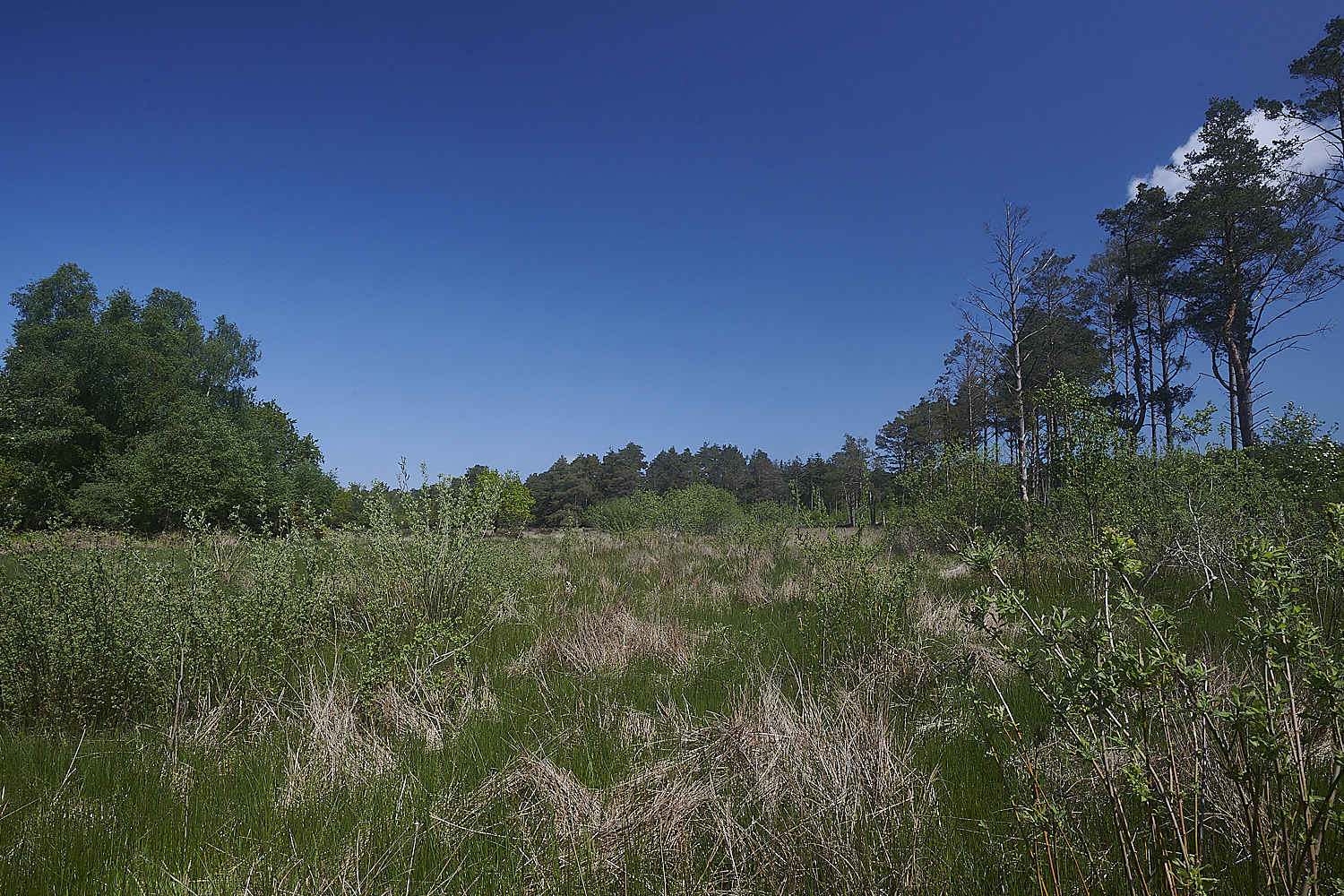
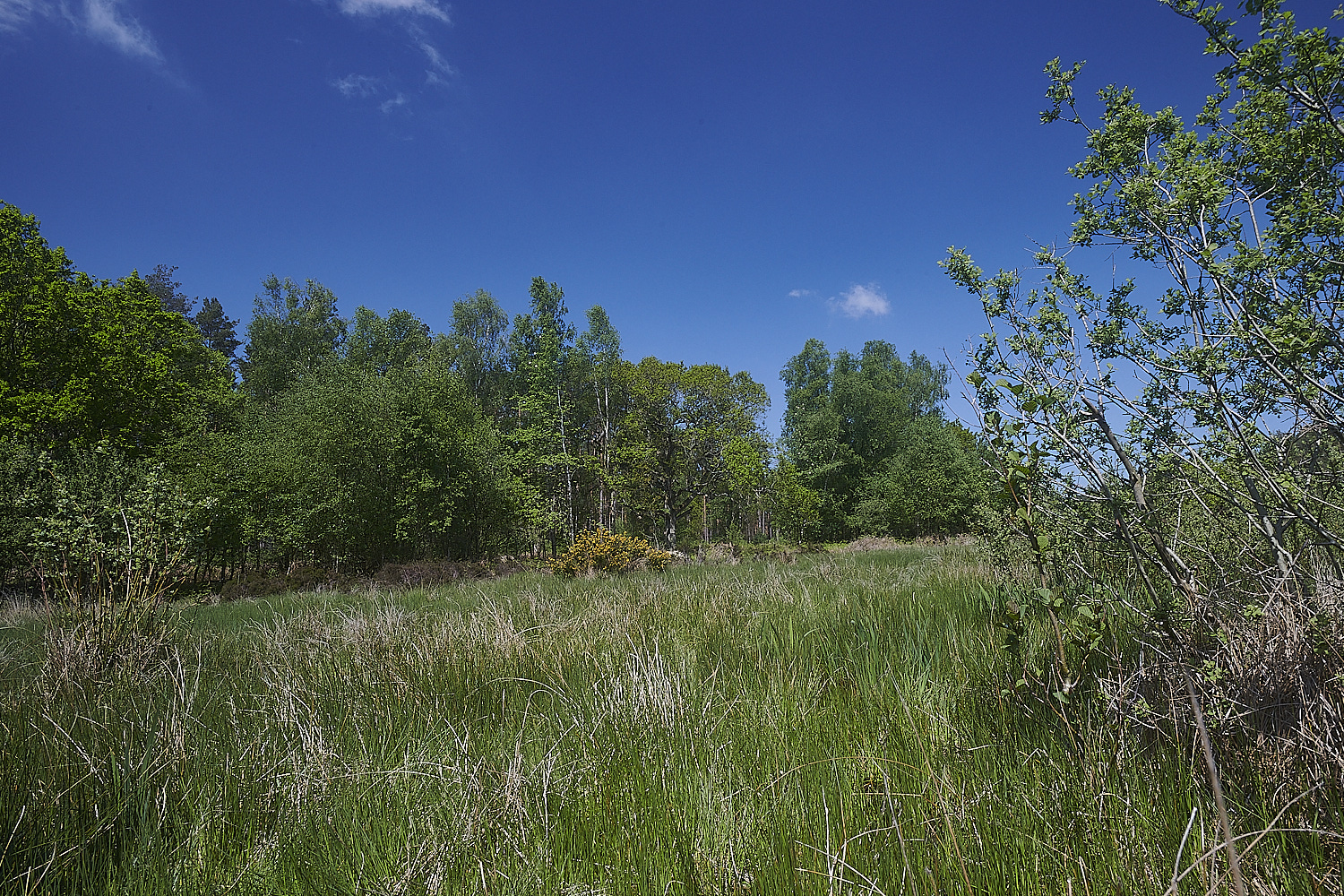
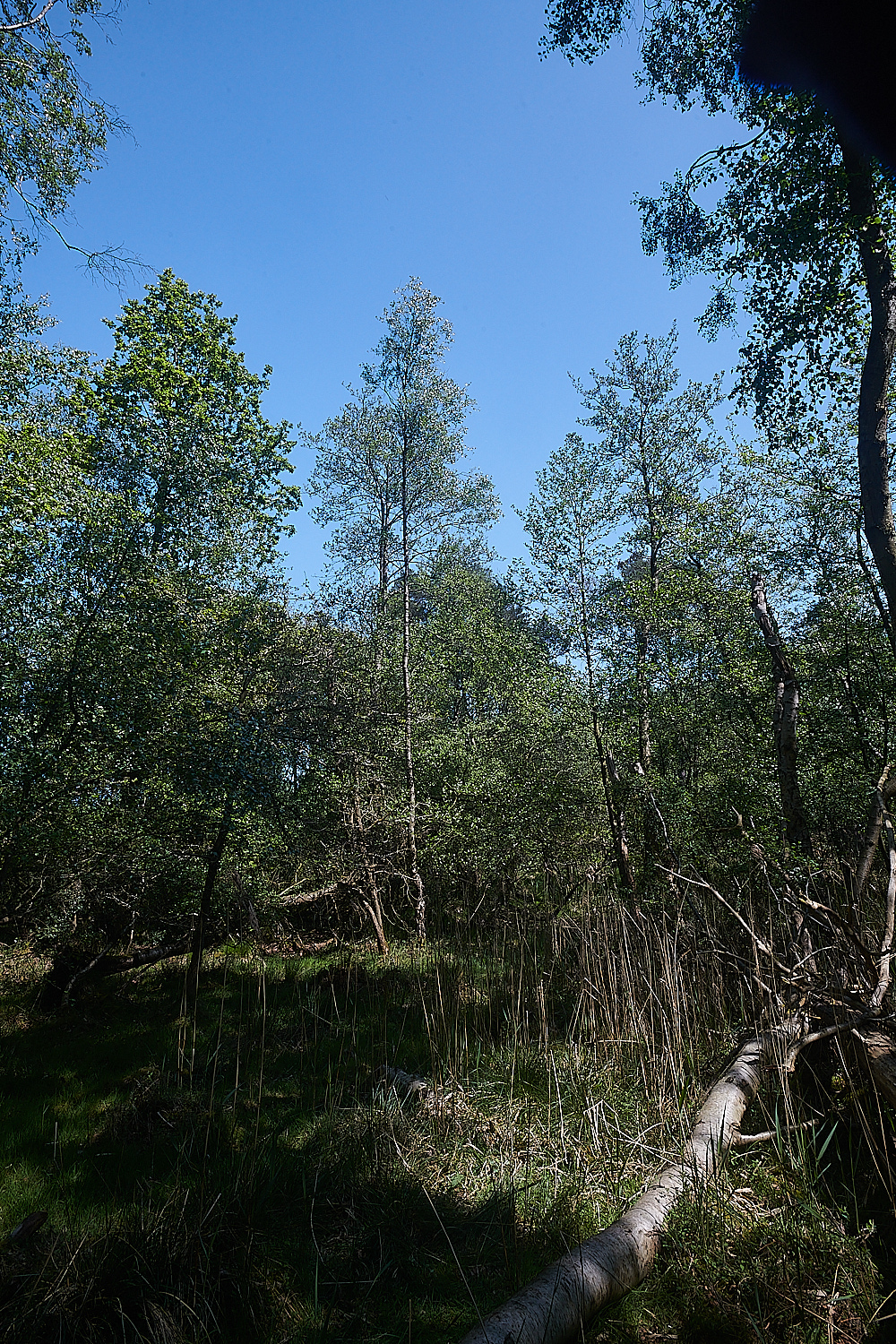
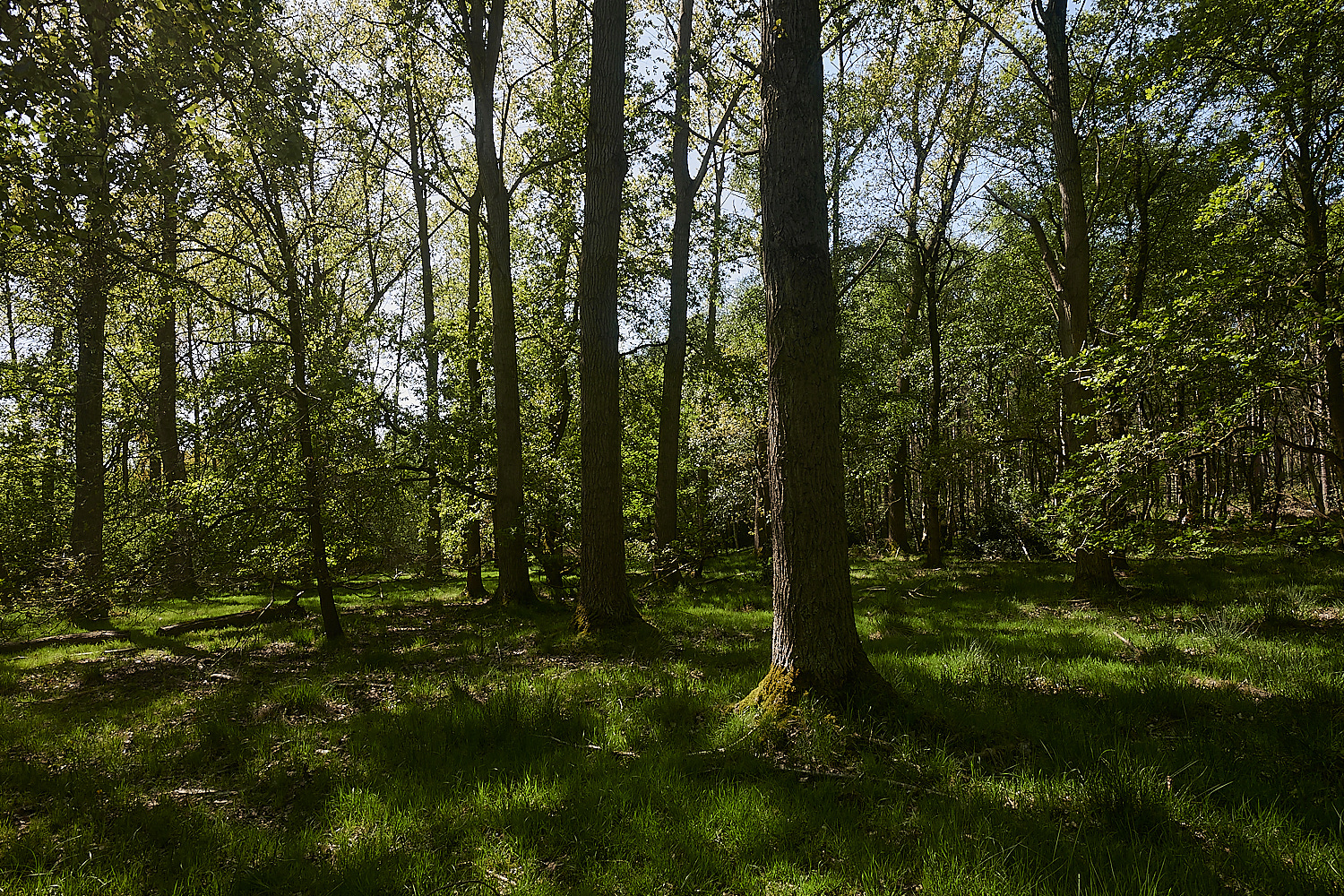
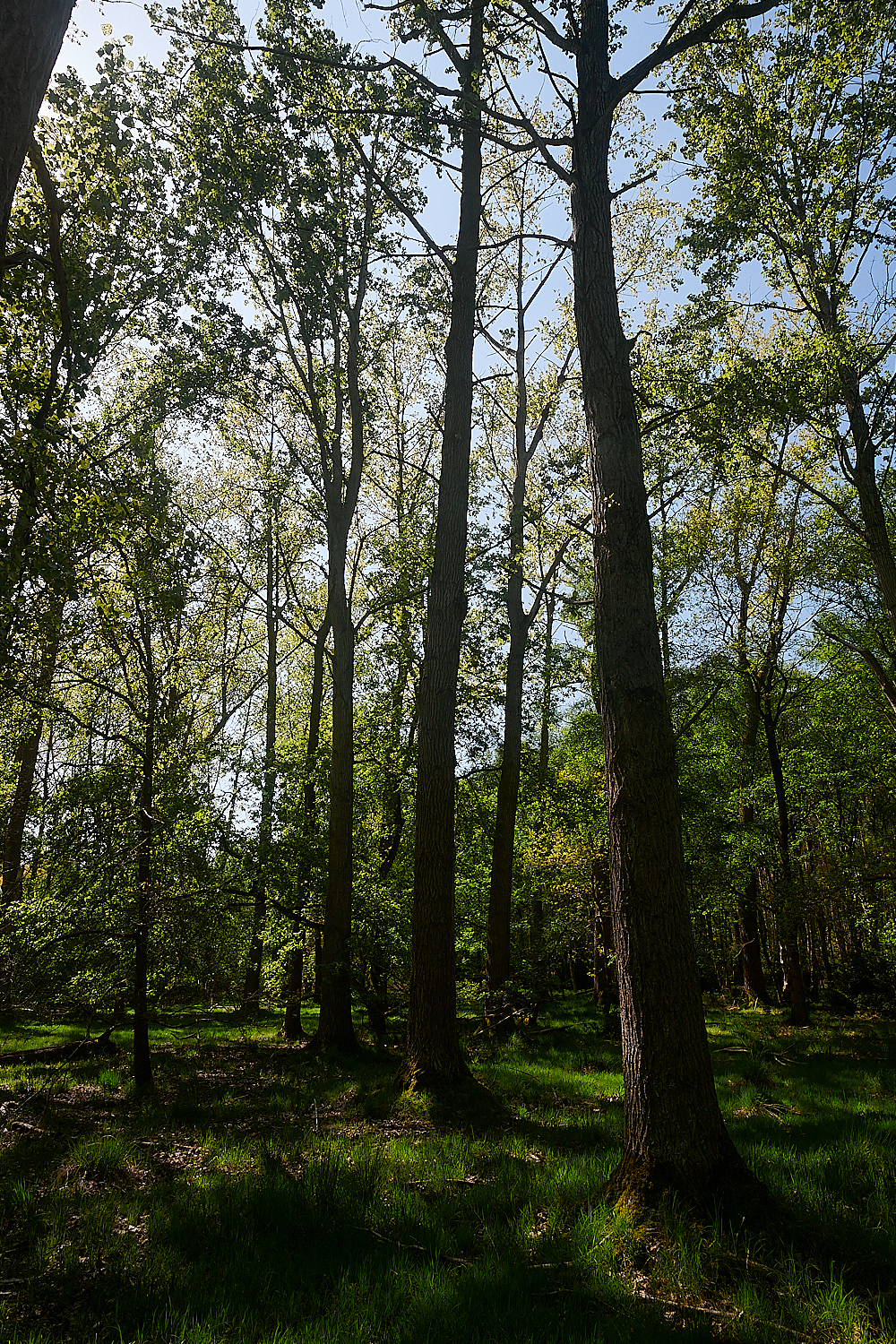

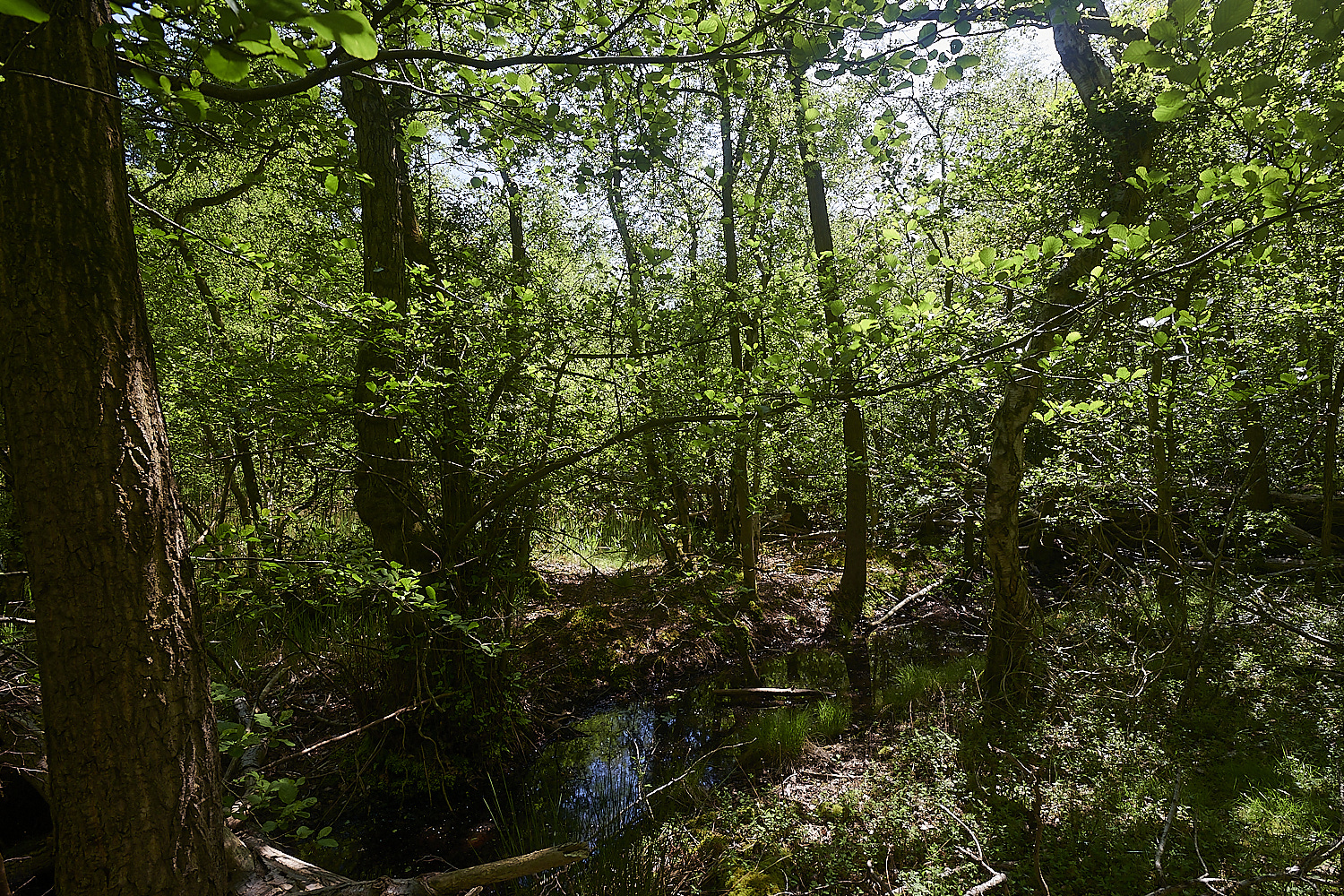
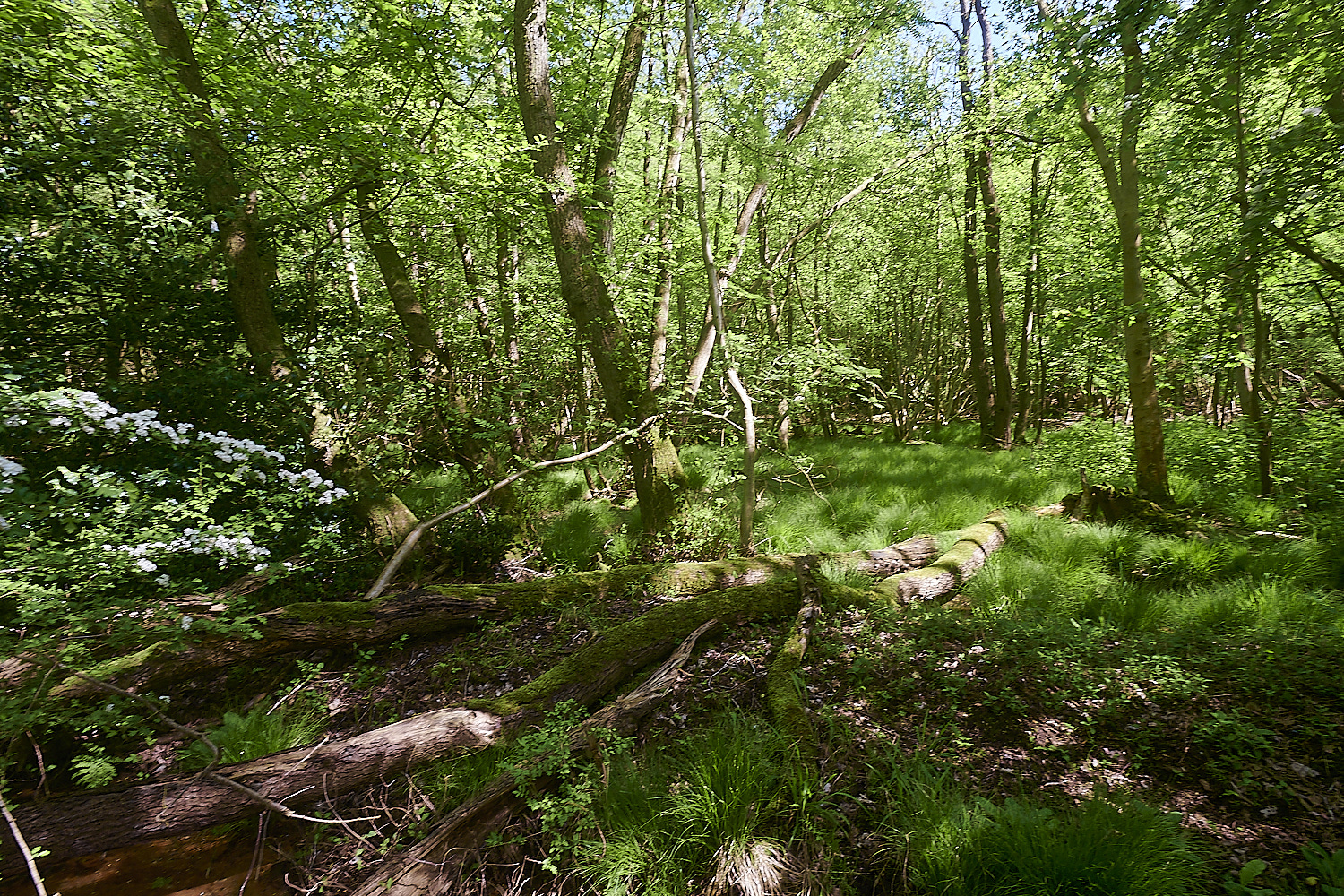
![]()
![]()
![]()
![]()
![]()
![]()
Bog Beacon (mitrula paludosa)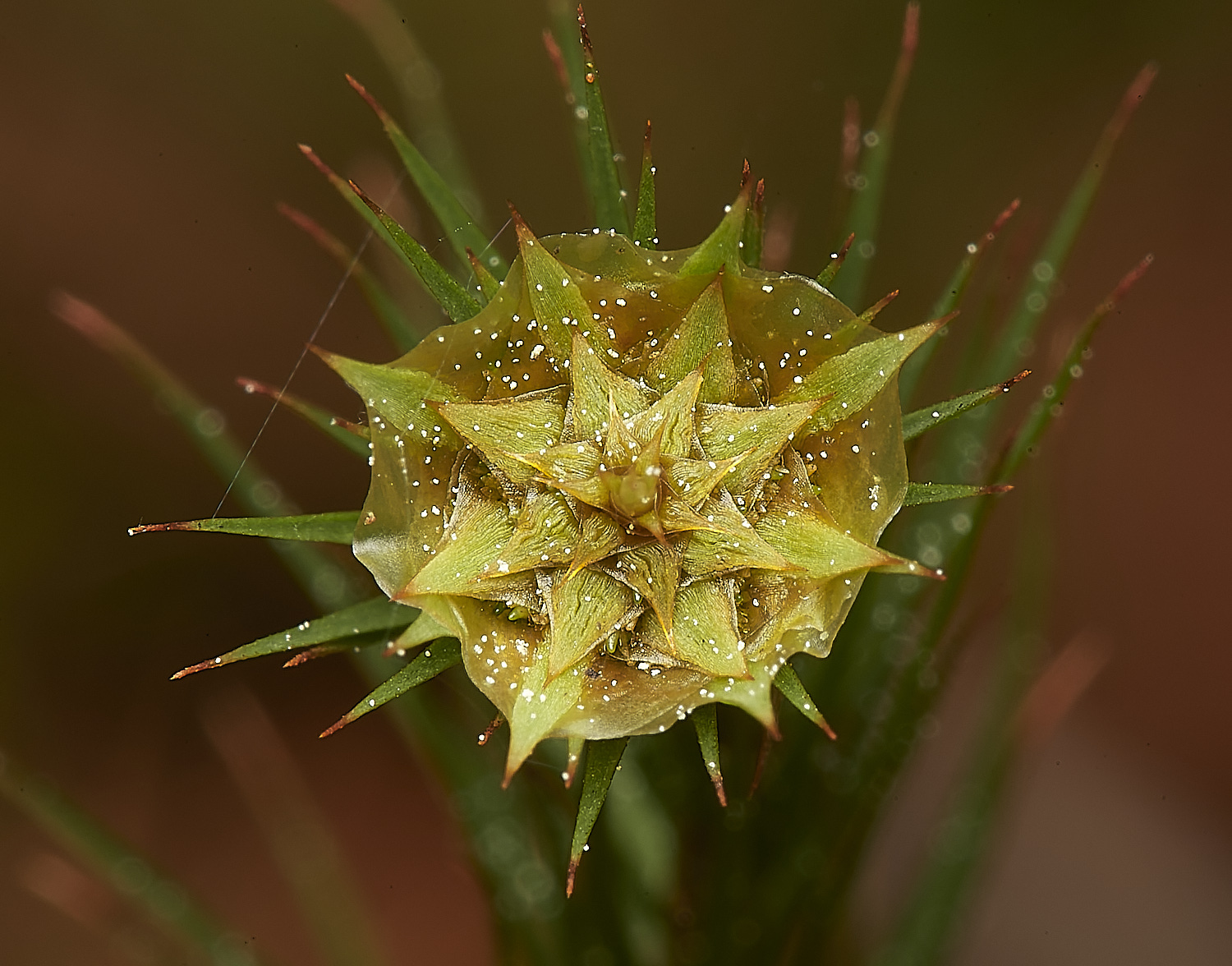
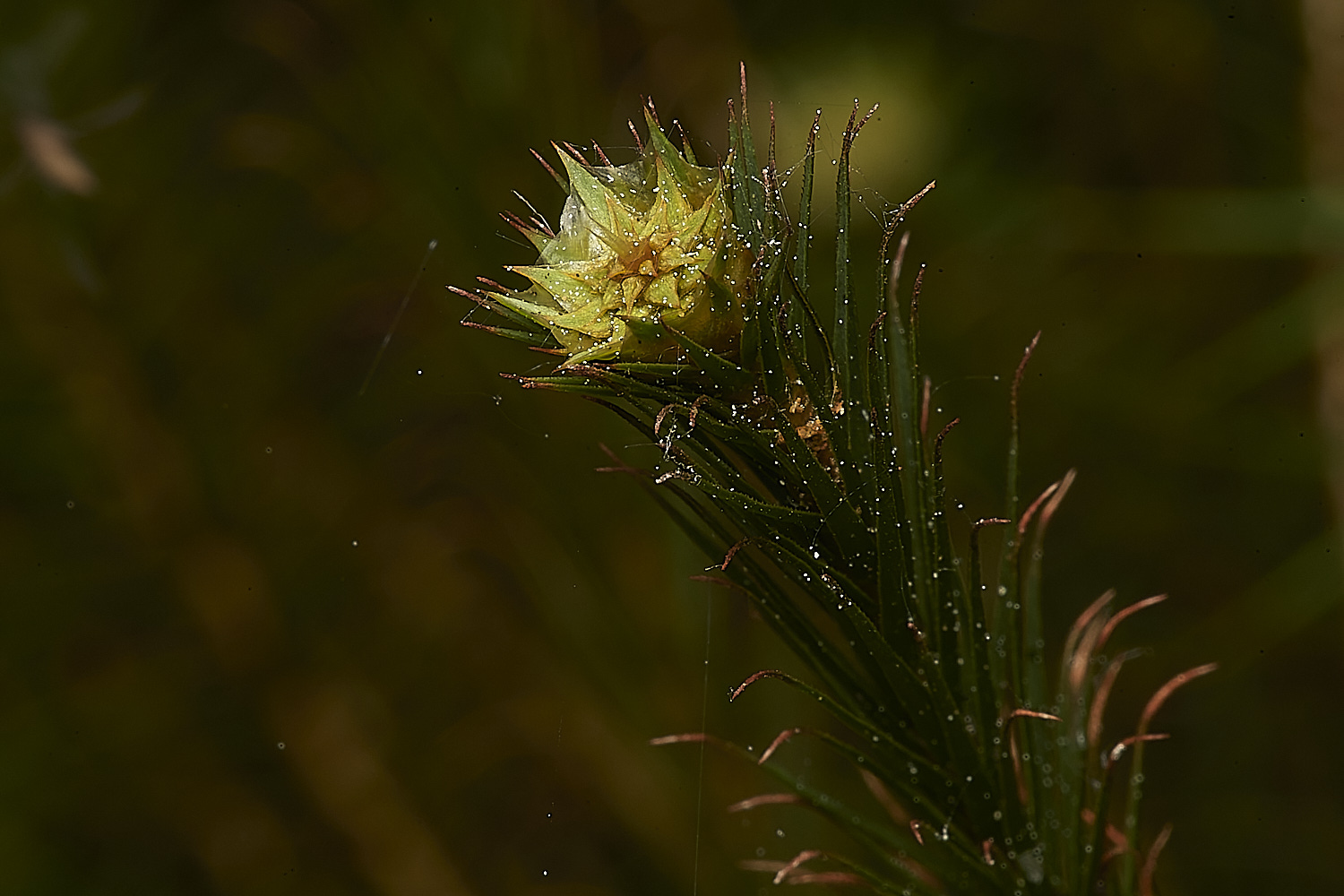
Common Haircap (Polytrichum commune) Male plant.
Oxford Plants 400
A large moss that can reach heights of 70cm.
It cannot survive using water that passes over its leaf surface alone.
It has a very simple system of water conducting cells, unlike other mosses.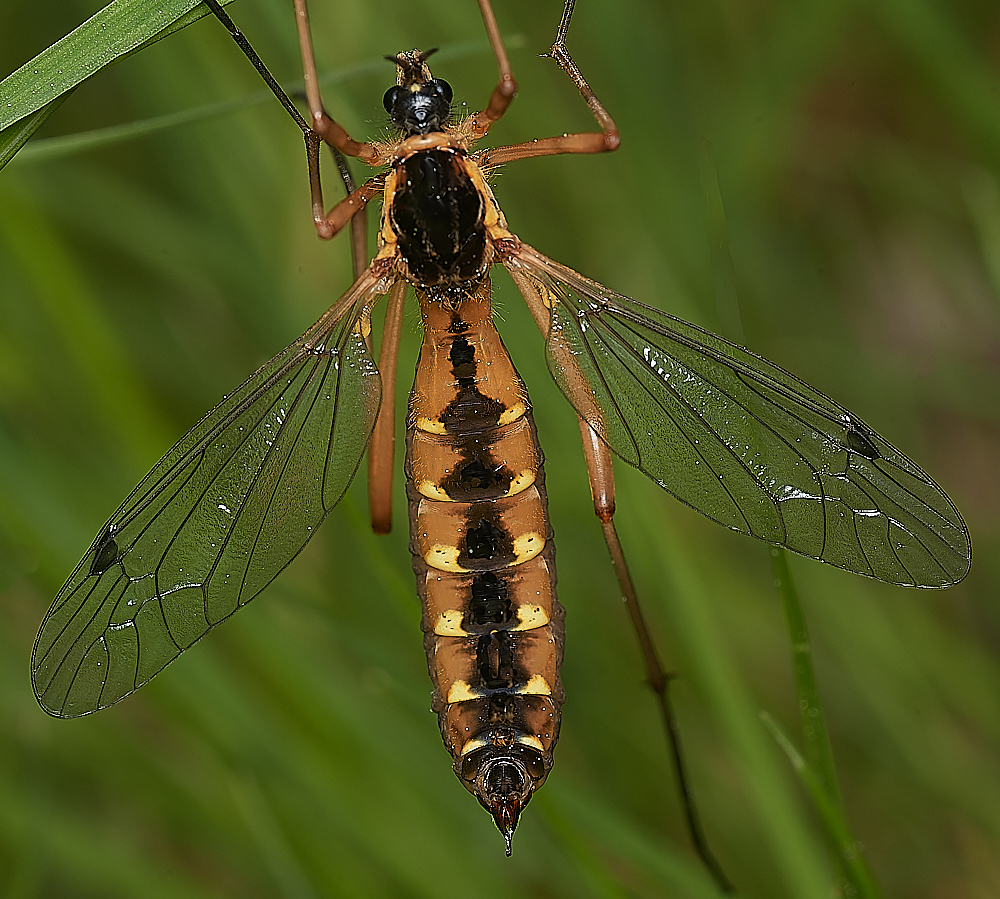
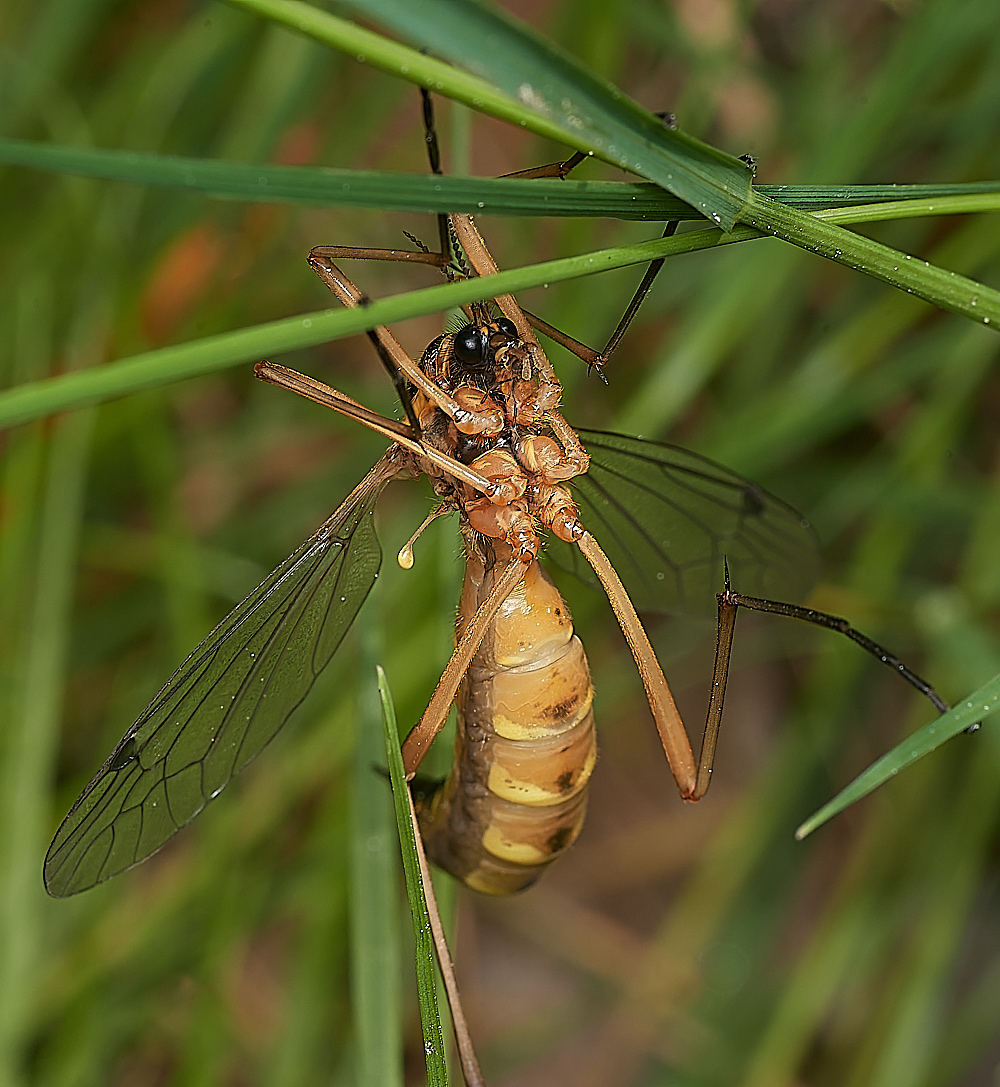
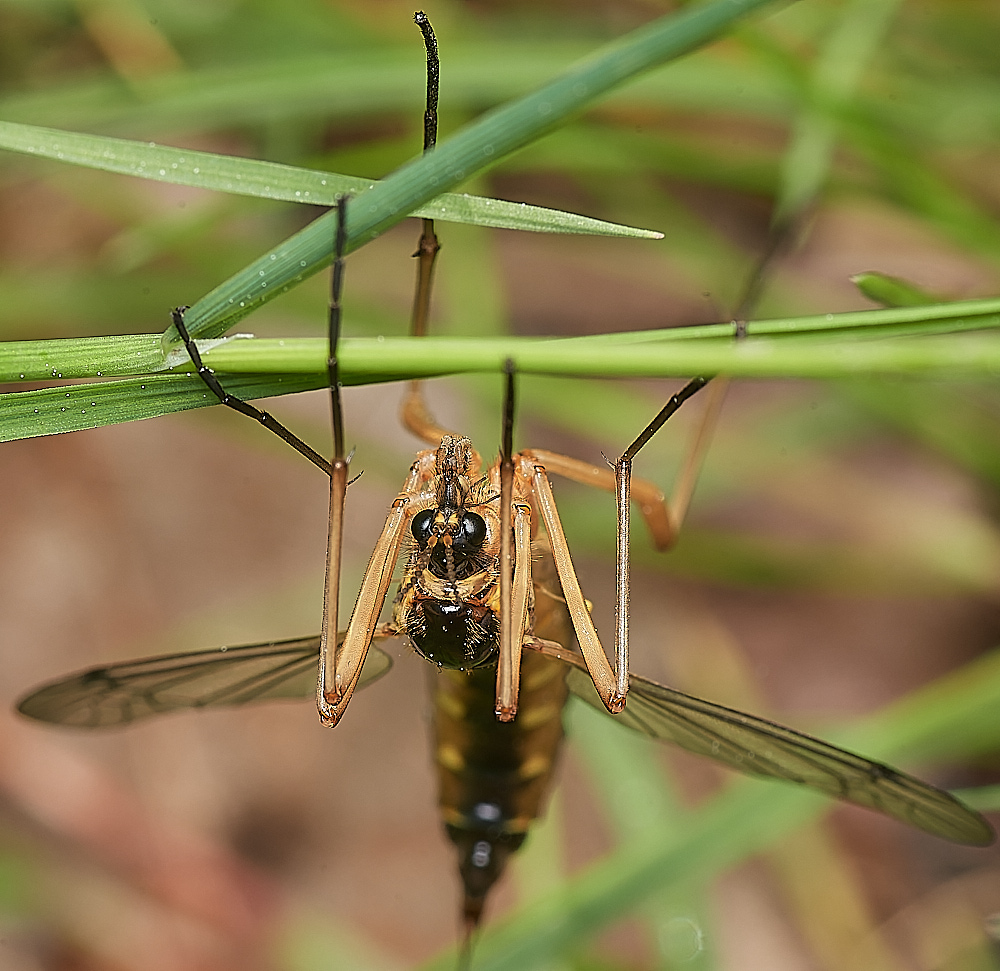
Ctenophora pectinicornis ♀︎
The males have feathered antenna and a more striking colour pattern.
Thanks to James for id via twitter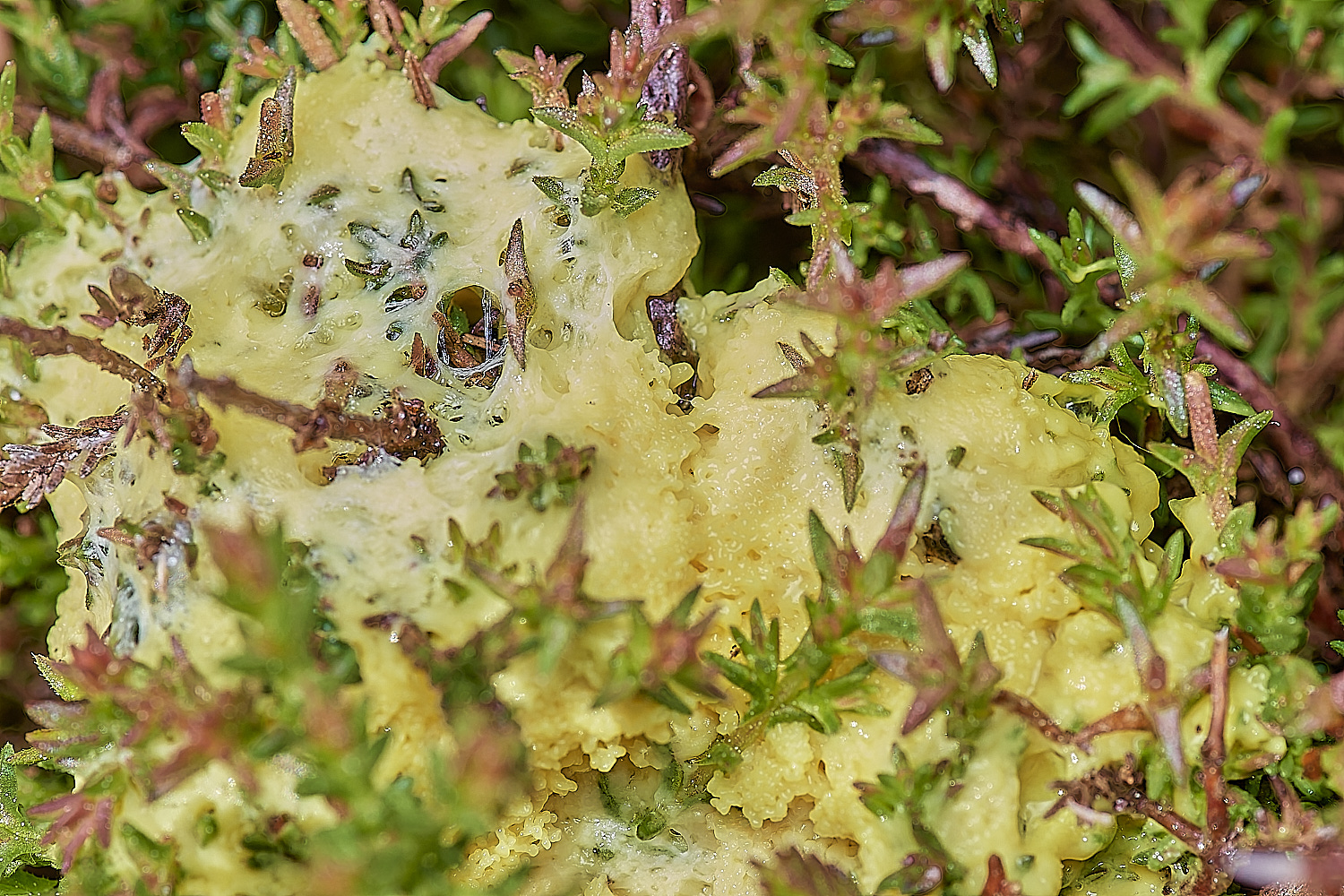
Dog's Vomit (Filago septica)
Tony commented
Dog's Vomit slime mould - I don't think so - more like Mucilago crustacea going over from colour and bobbly bits at bottom.
SO
Mucilago crustacea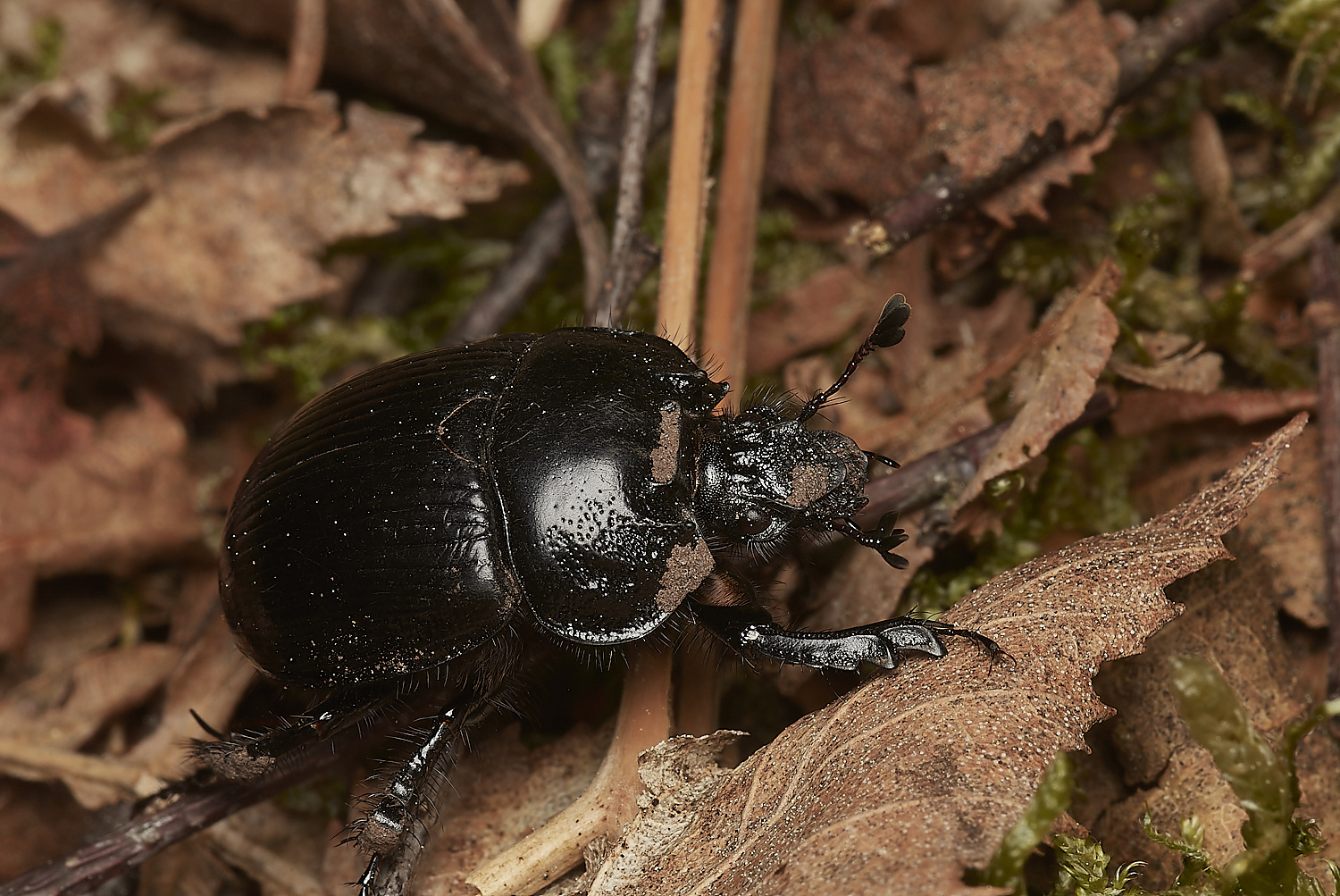
Dor Beetle (Geotropes stercoratus)
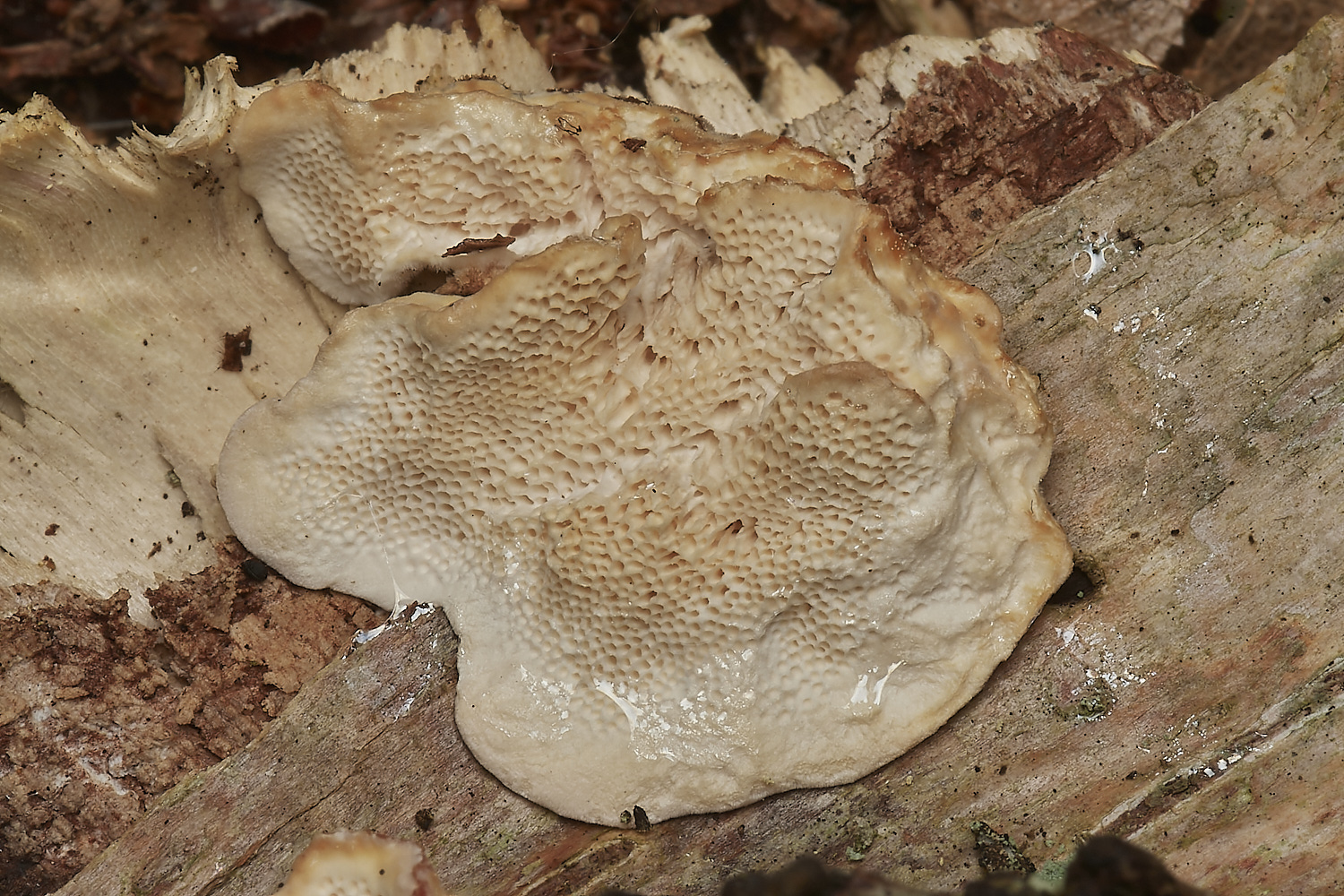
Fungus Sp?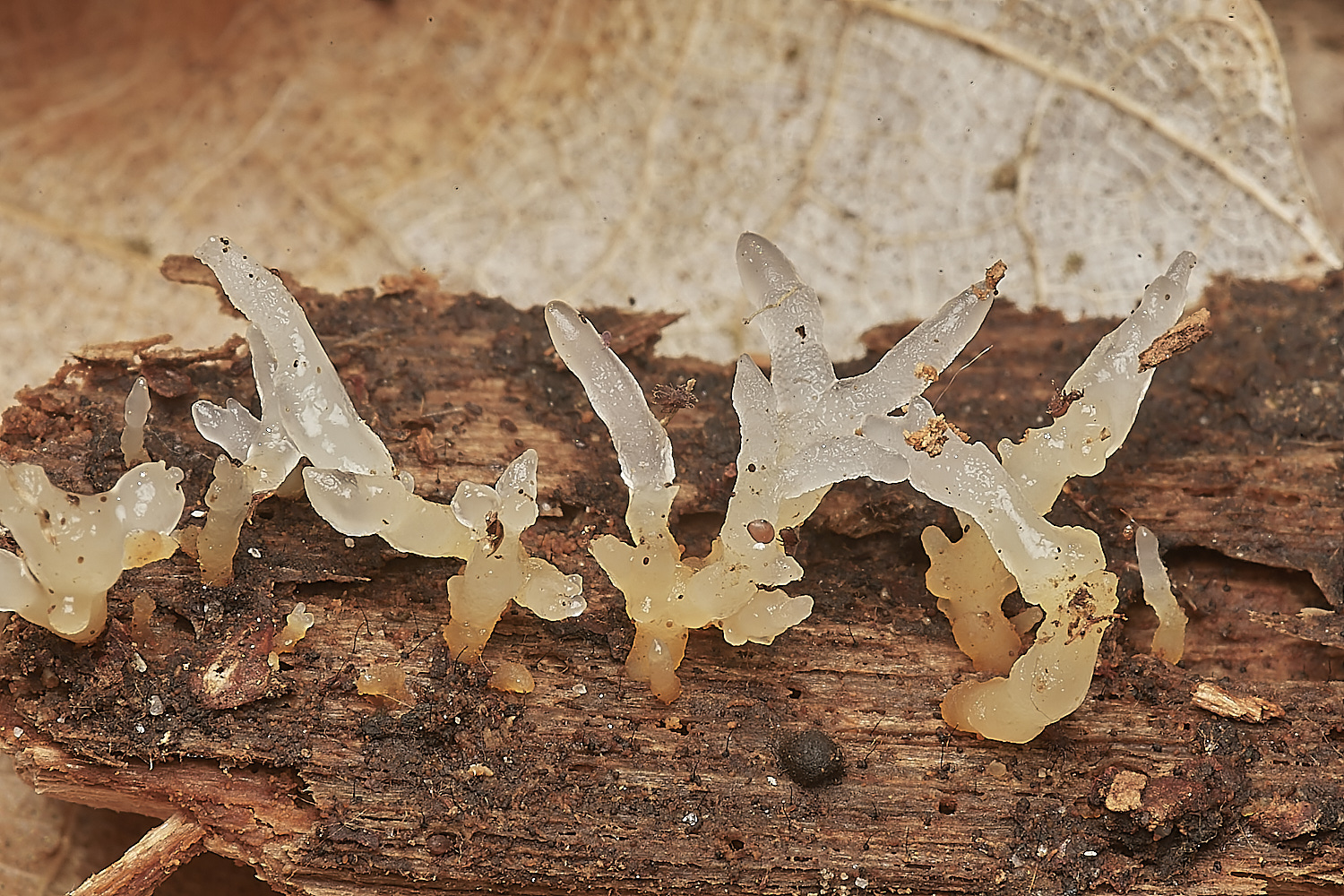
Fungus Sp?
Tony commented
This is a Lentaria sp.
Very rarely recorded.
Unfortunately Yvonne has not been able to find any spores,
the width of which would separate species.
So
Lentaria Sp?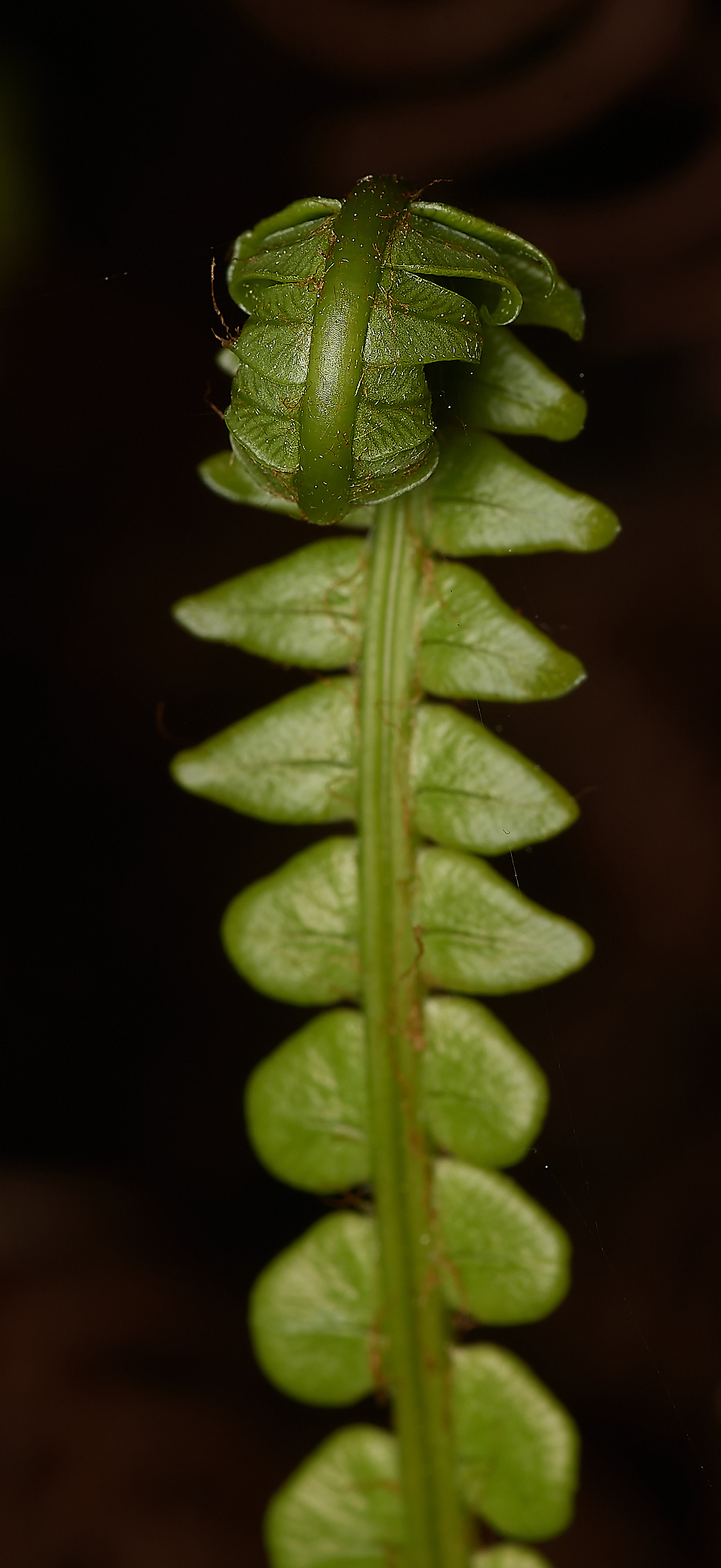
Hard Fern unfurling (Blechnum spicant)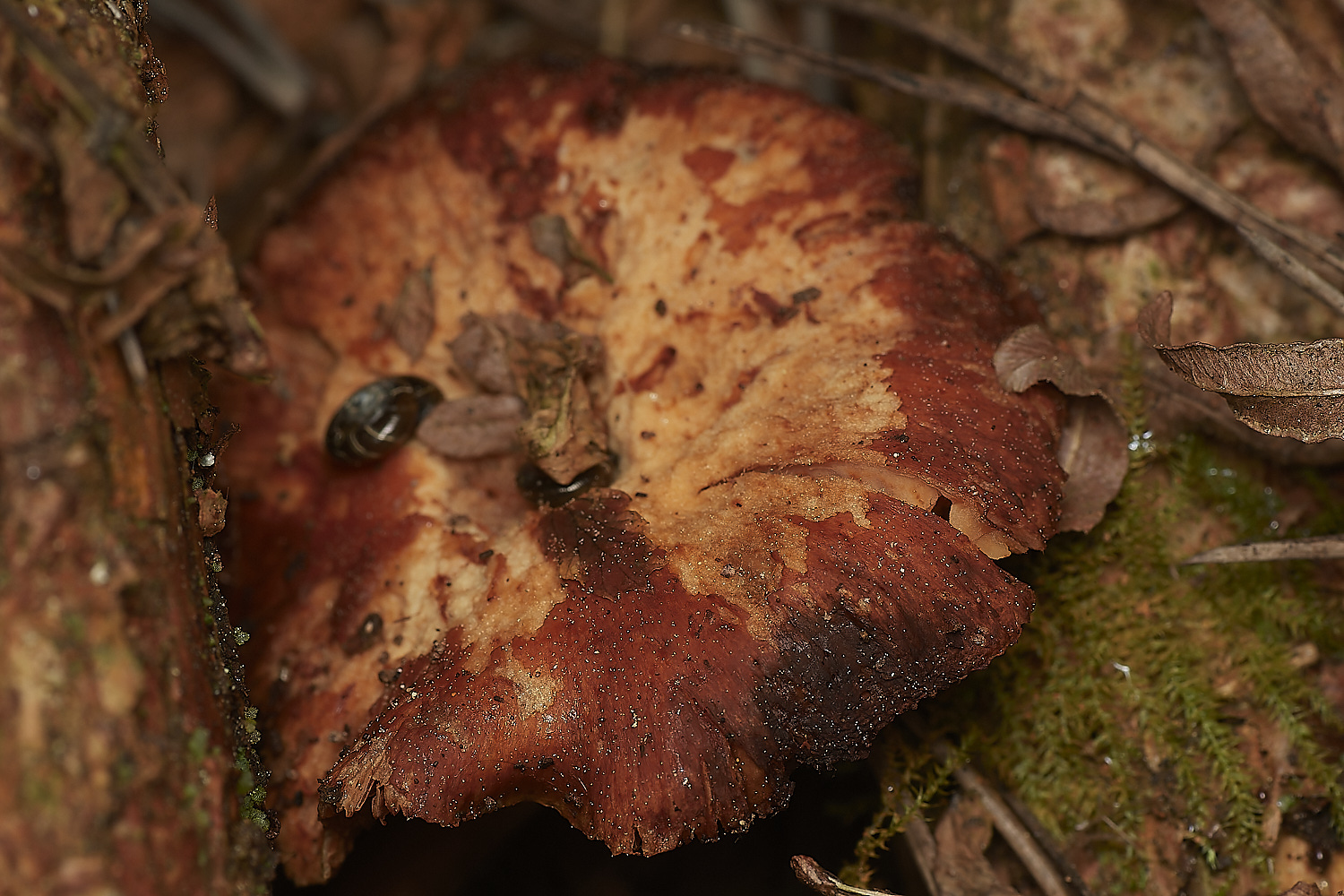

Fungus Sp?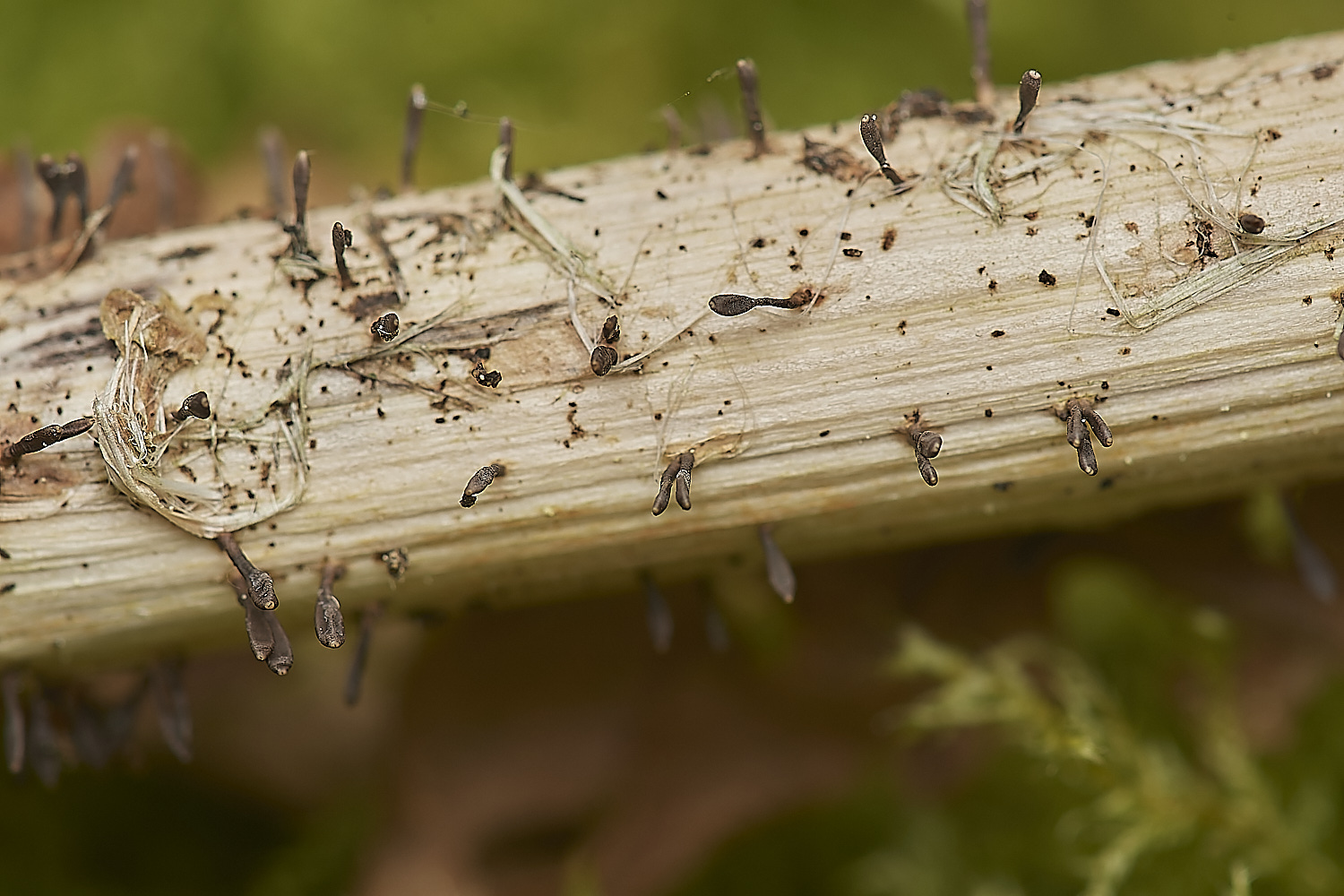

Acrospermum compressum on a dead nettle stem (Urtica doiica)
Slightly dried Common Jelly Spot (Dacrymyces stillatus)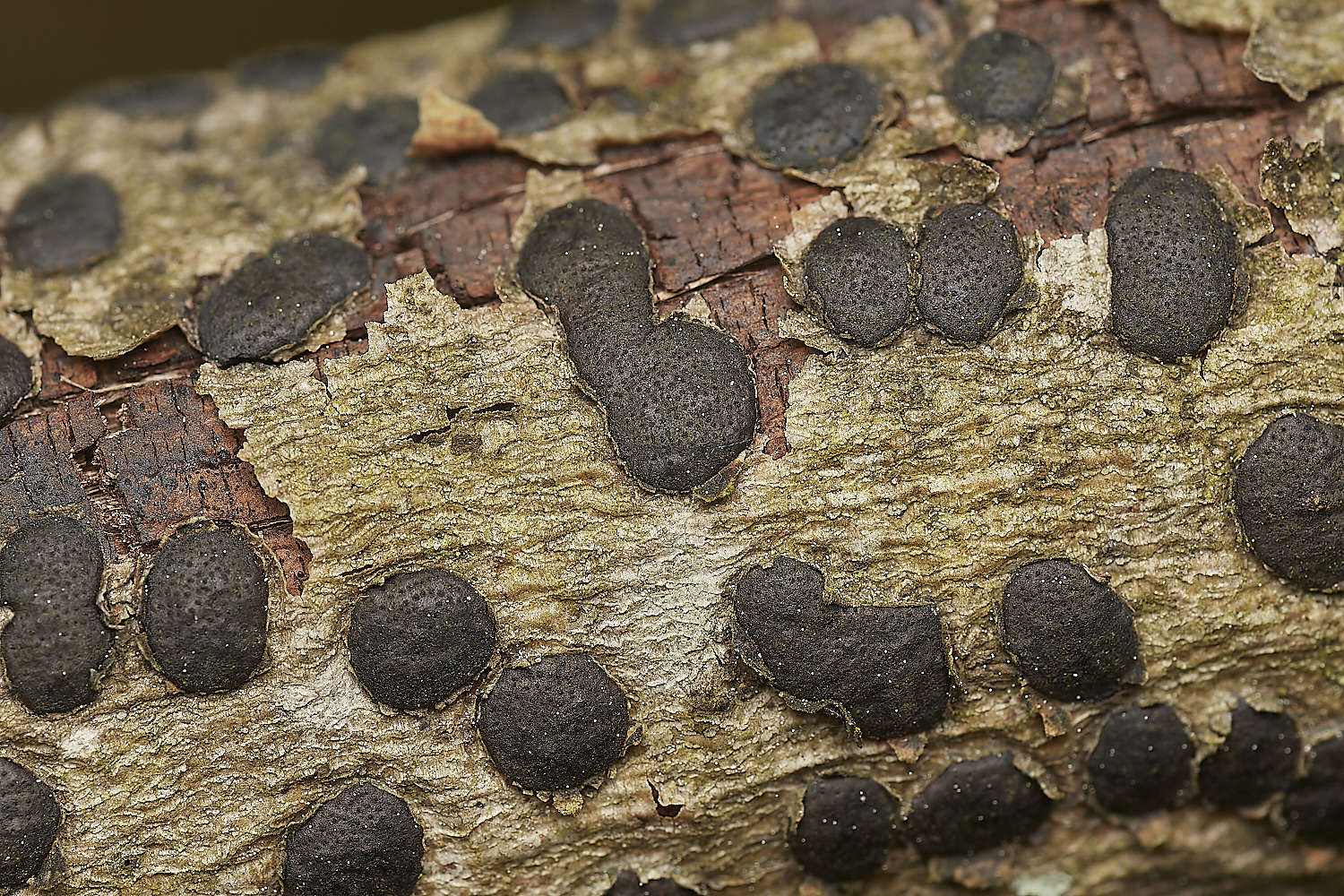

Willow Barkspot (Diatrype bullata)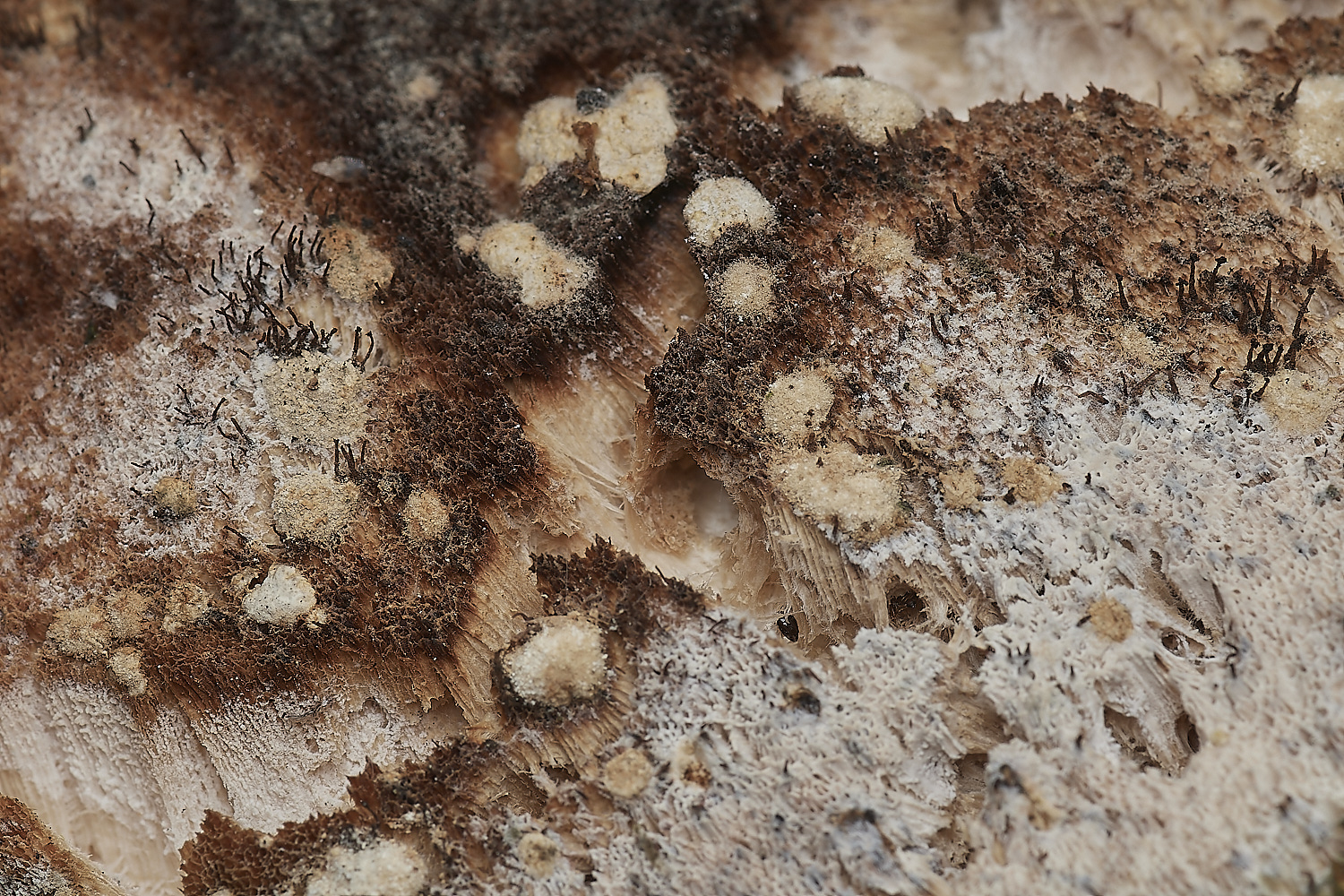
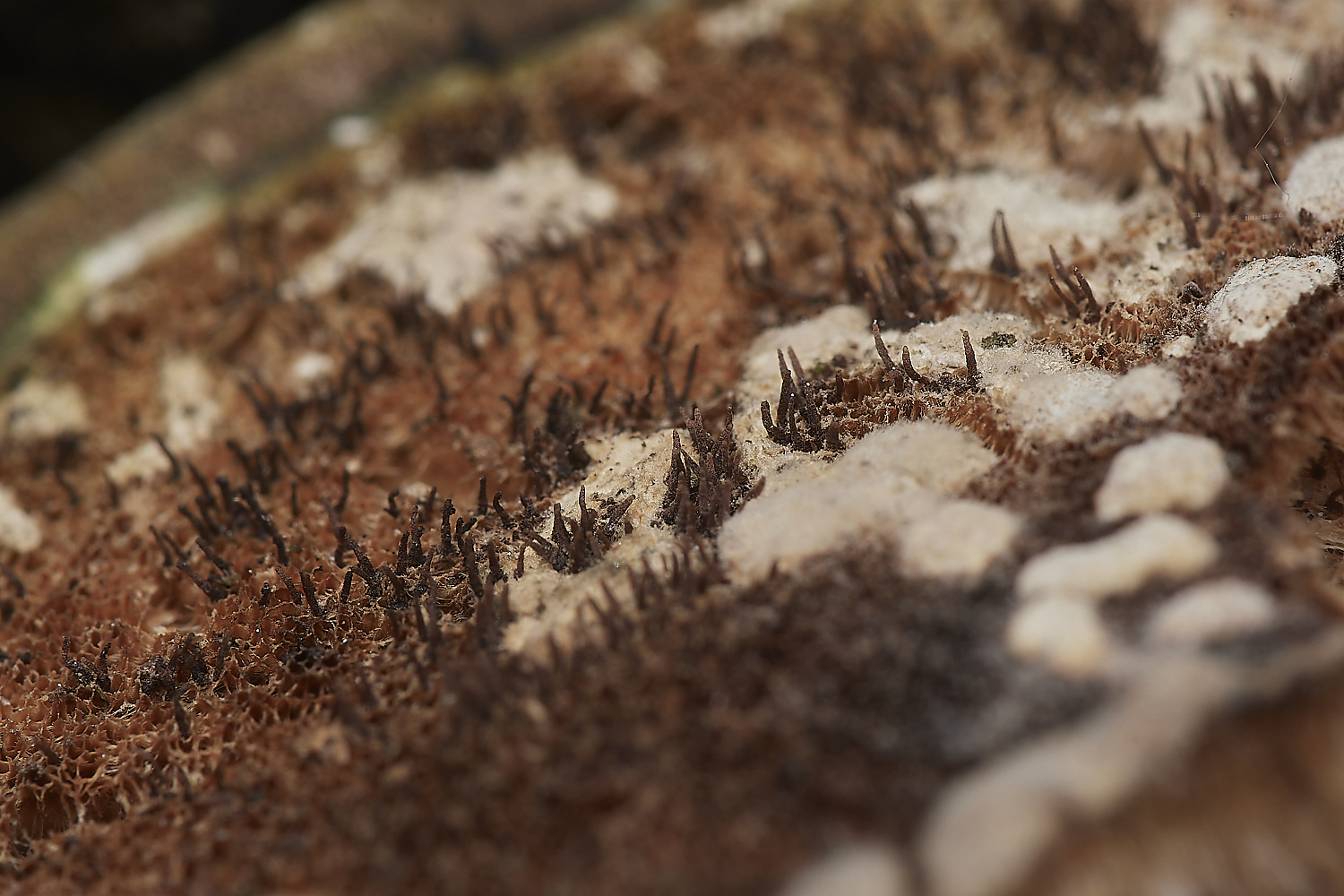
Melanospora lagenaria on Birch Mazegill (Lenzites betulina)
Tony L commented
This bracket was not on the fungus list for the day and I don't think we found it.
I think your photo might be of Melanospora lagenaria on Birch Polypore.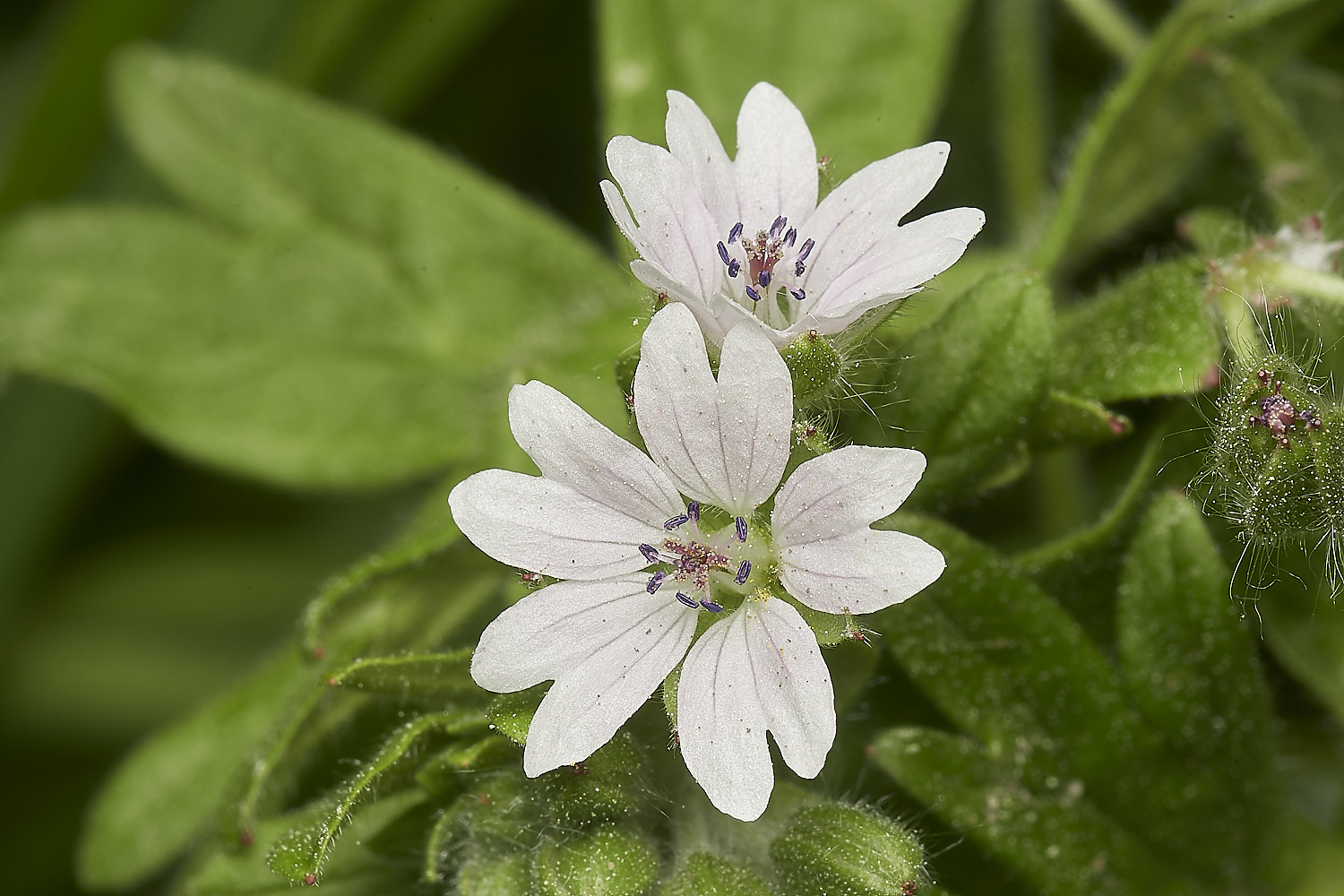
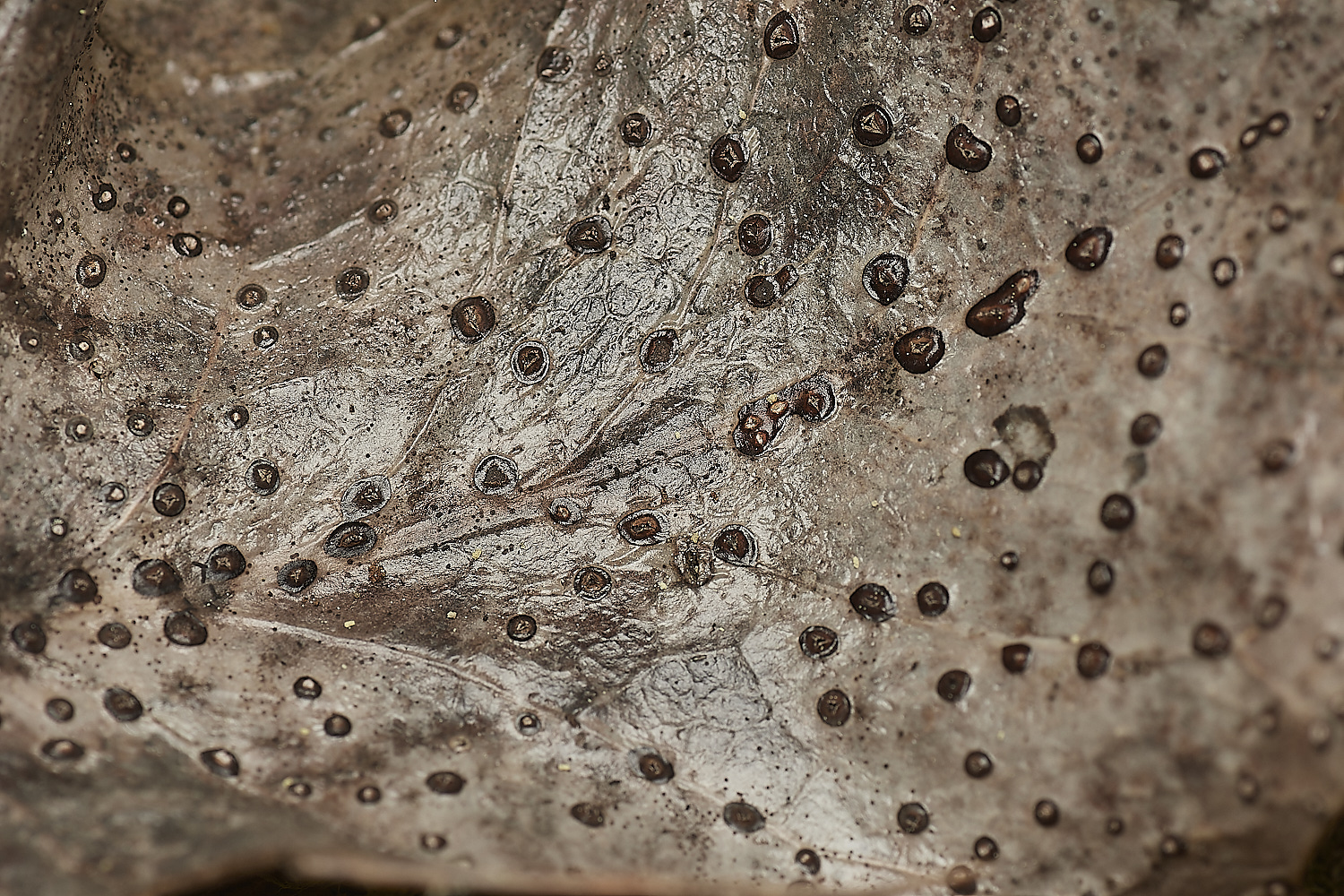
Diaportha crustosa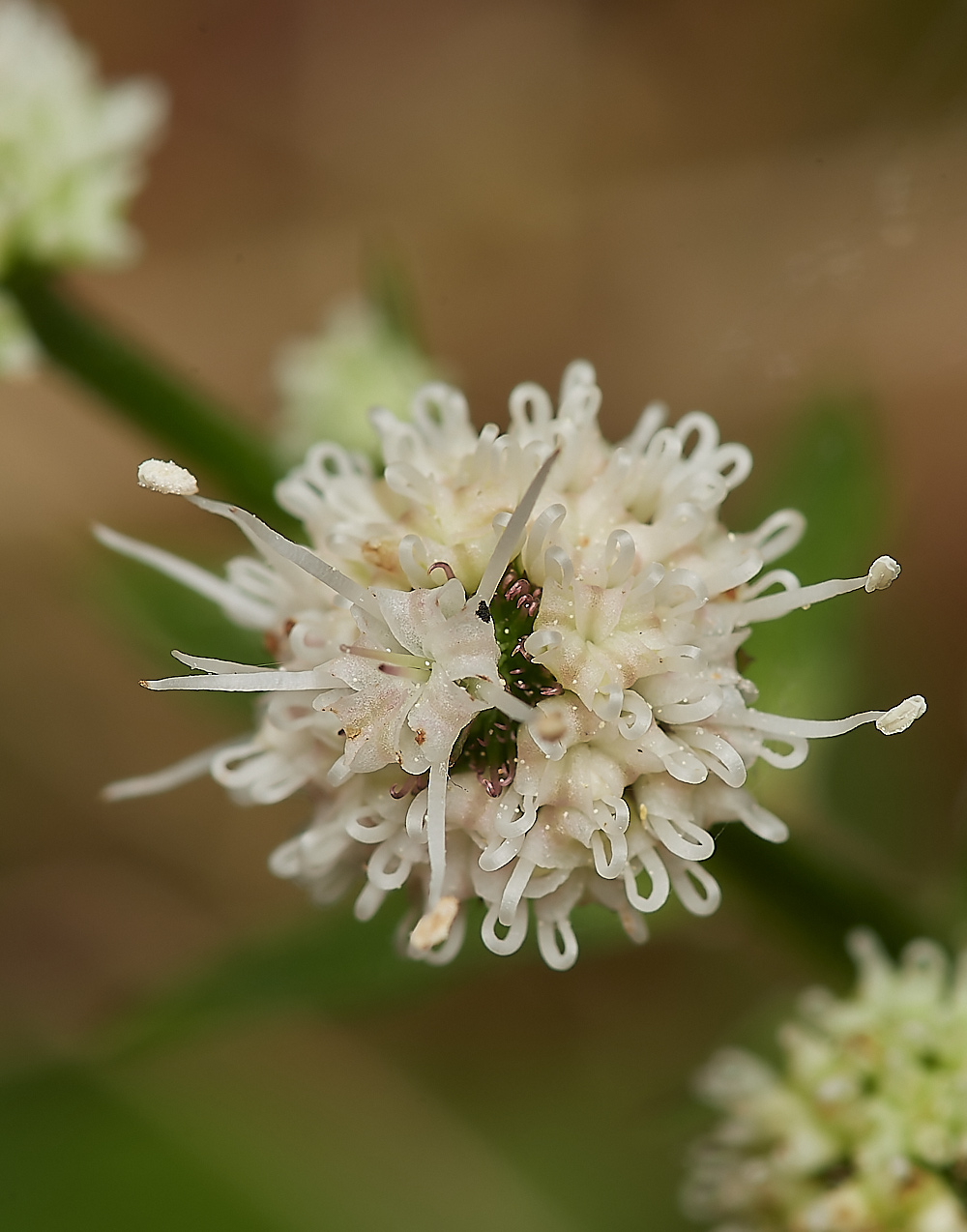
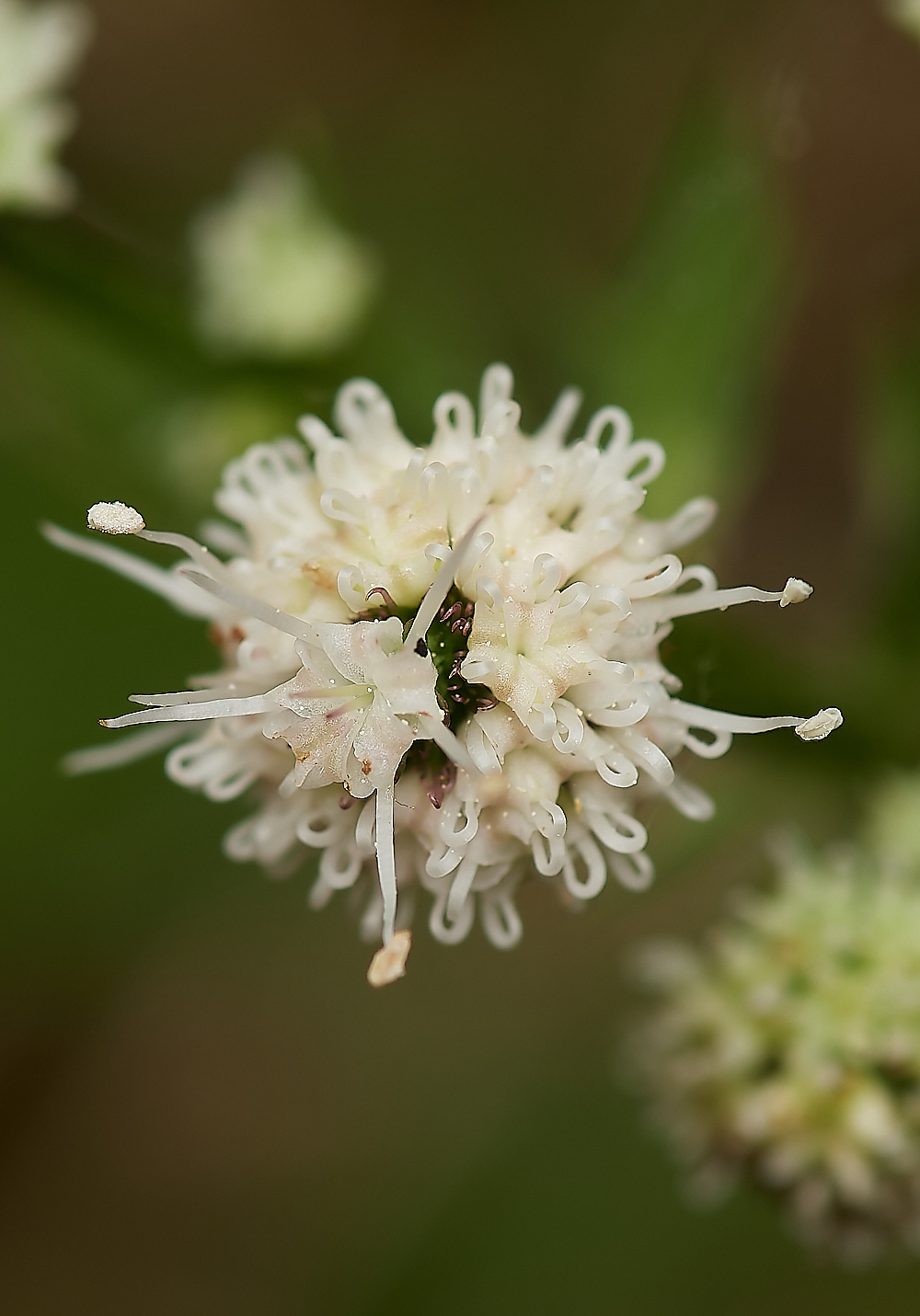
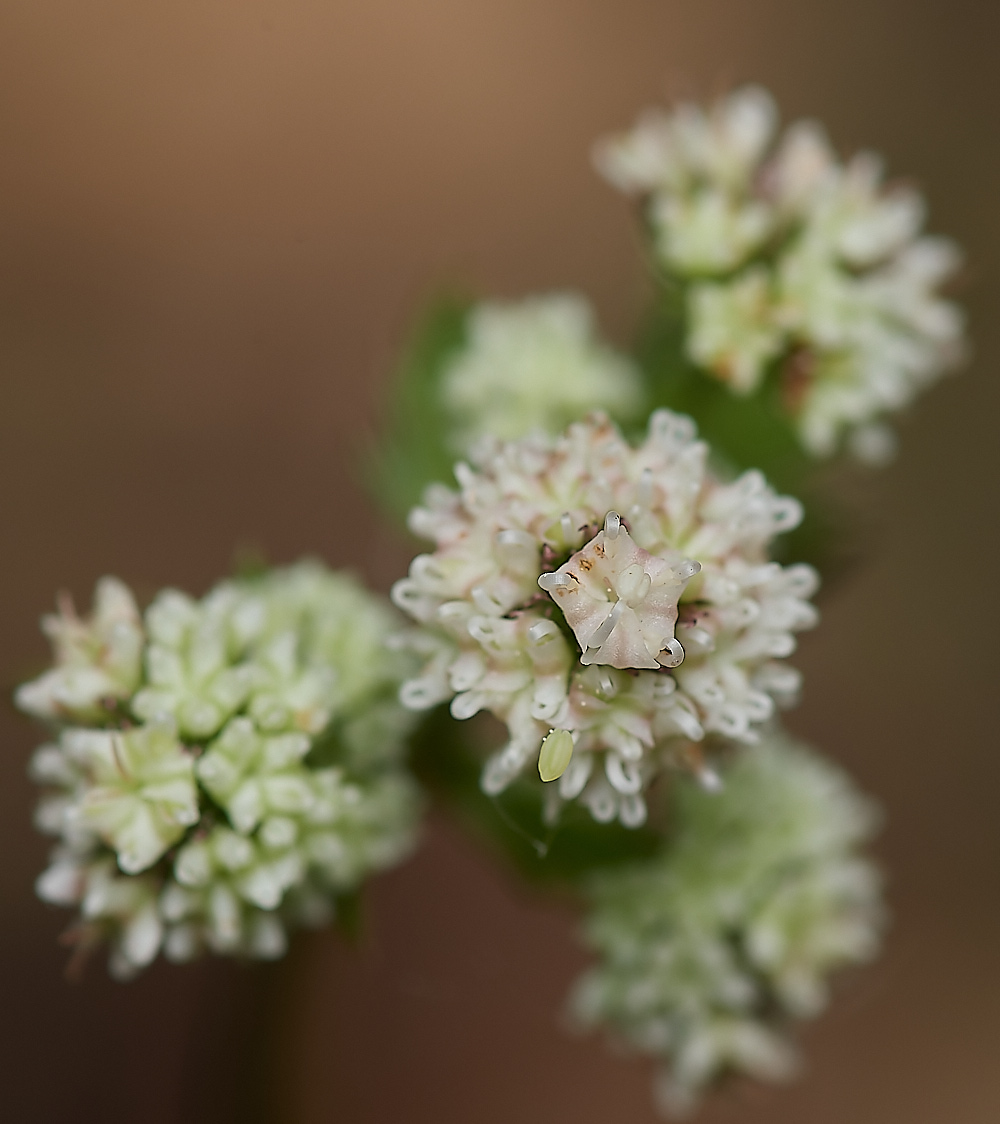
A favourite - particularly the loopy stage of the unfurling stamens.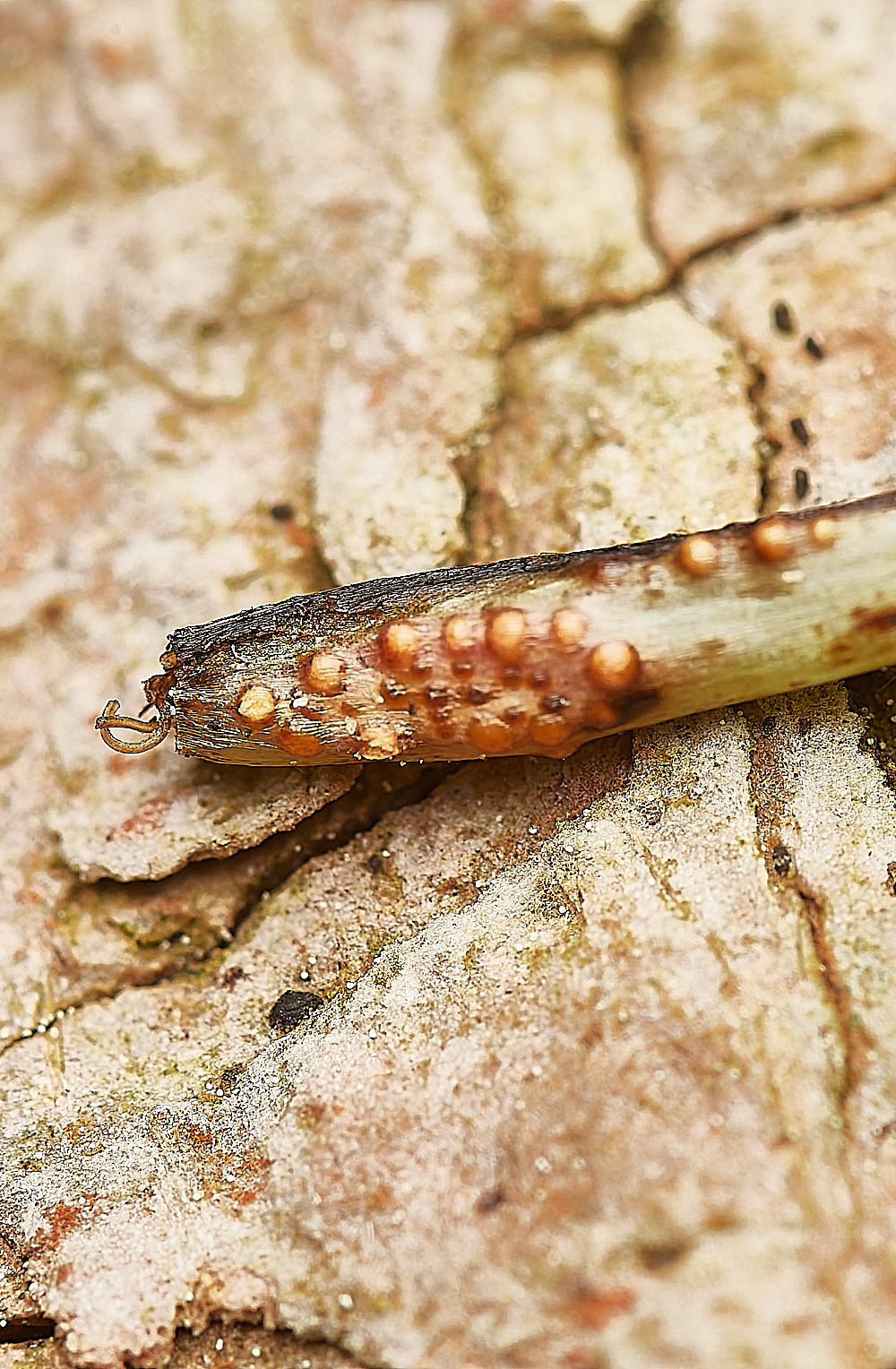
Sanicle rust on a leaf stem
Vicky first found it on a petiole and according to the Dutch Rust book ‘Roesten’,
only Stage I (aecia) occurs on the petiole. Vicky subsequently found it on the
underside of a living leaf. I took a piece (on underside of leaf) home
but I couldn’t extract any material to confirm the stage.
From Tony M
Puccinia saniculae
It would be good to see the mature form of this.
Looking at online photos it's similar in appearance to Nettle rust (Puccinia urtica) 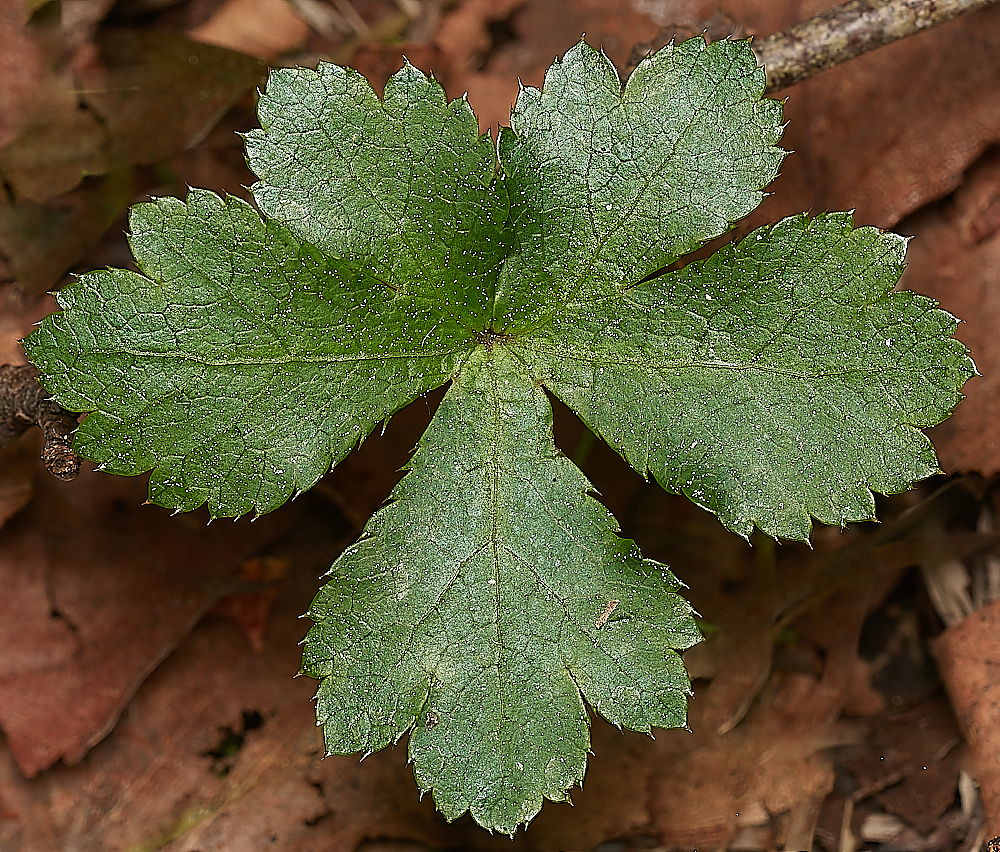
Mature Sanicle Leaf
Sanicle (Sanicula europea)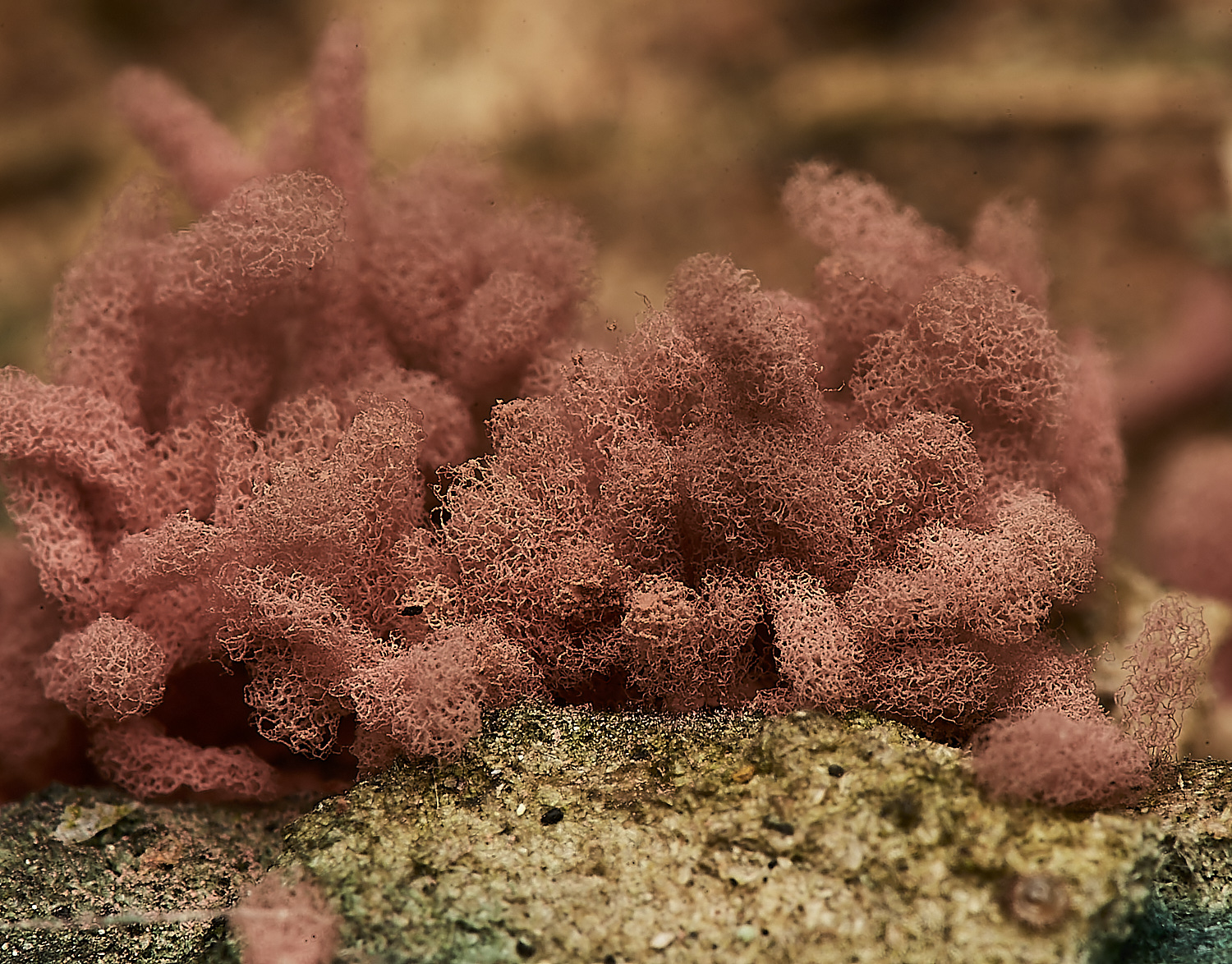
Slime Mould Sp
Arcyria denudata
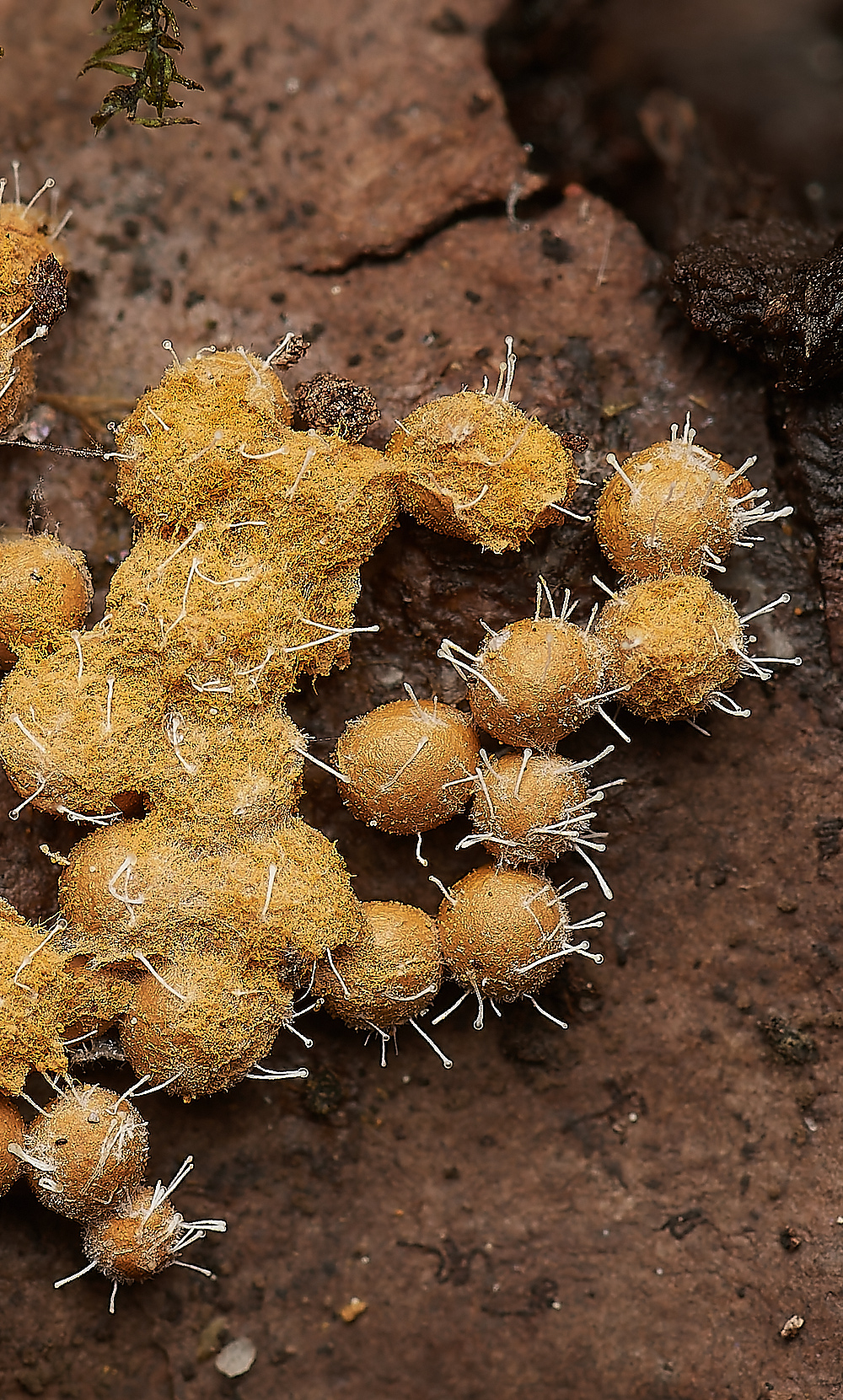
A fungus parasatising a Slime Mold
Trichia Sp
Tony L commented
The modern name for the parasitic fungus on Trichia favoginea is Polycephalomyces tomentosus.
Ellis & Ellis point towards Blistrum ovalisporum or Blistrum tometosum as Tony has commented.
There's a lovely picture from Wikipedia here showing Blistrum ovalisporum.
Blistrum tomentosum AKA Polycephalomyces tomentosus - Ron Wolf on Flicker
An image similar to ours from Sweden
Tony L pointed out there are four kingdoms involved in this conundrum
FOUR out of FIVE KINGDOMS?
A PROTISTA - Slime Mould
feeding on MONERA (Bacteria)
living on dead wood PLANTAE
parasitised by a fungus FUNGI
But the fifth kingdom ANIMALIA was present
to appreciate it all.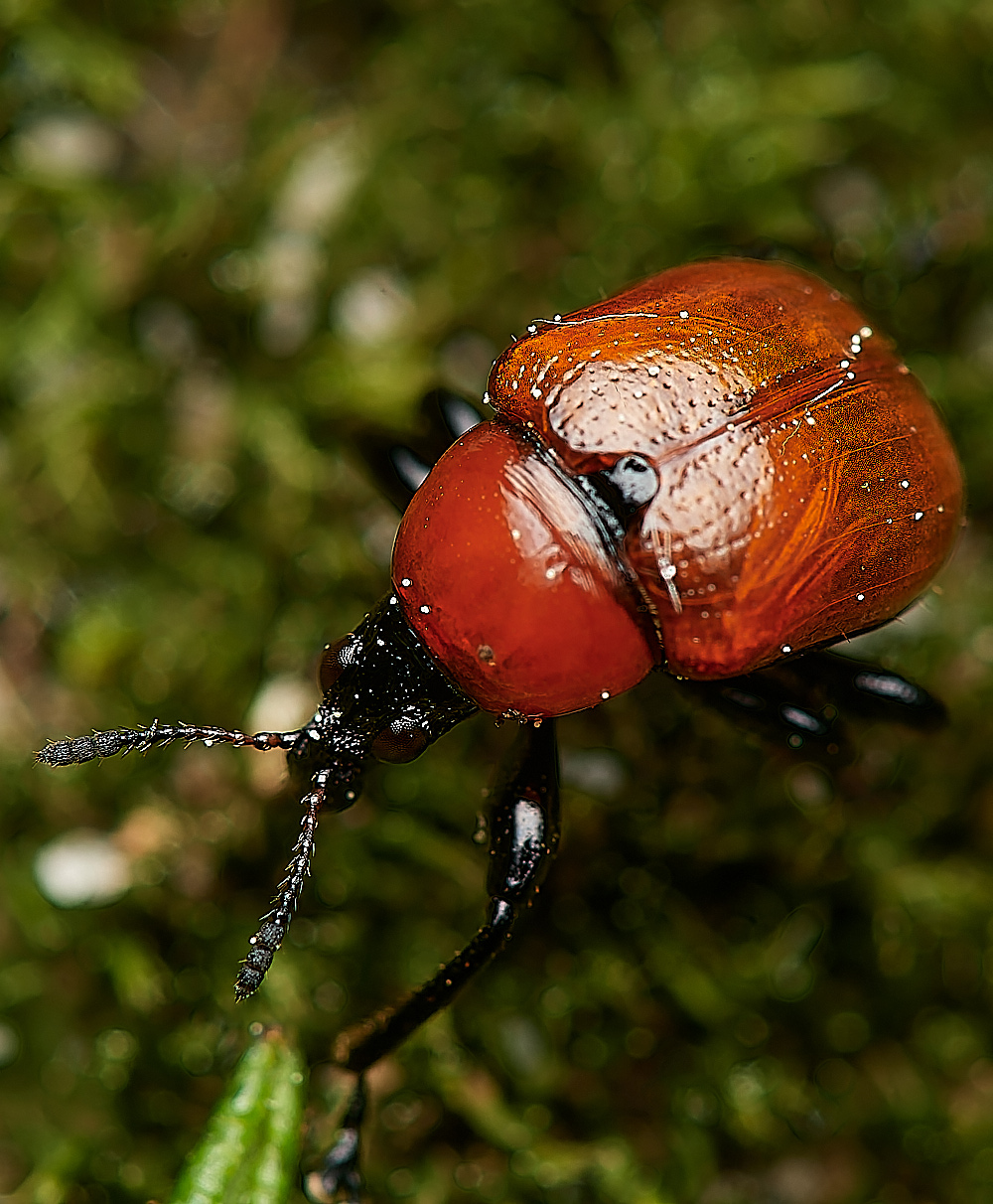
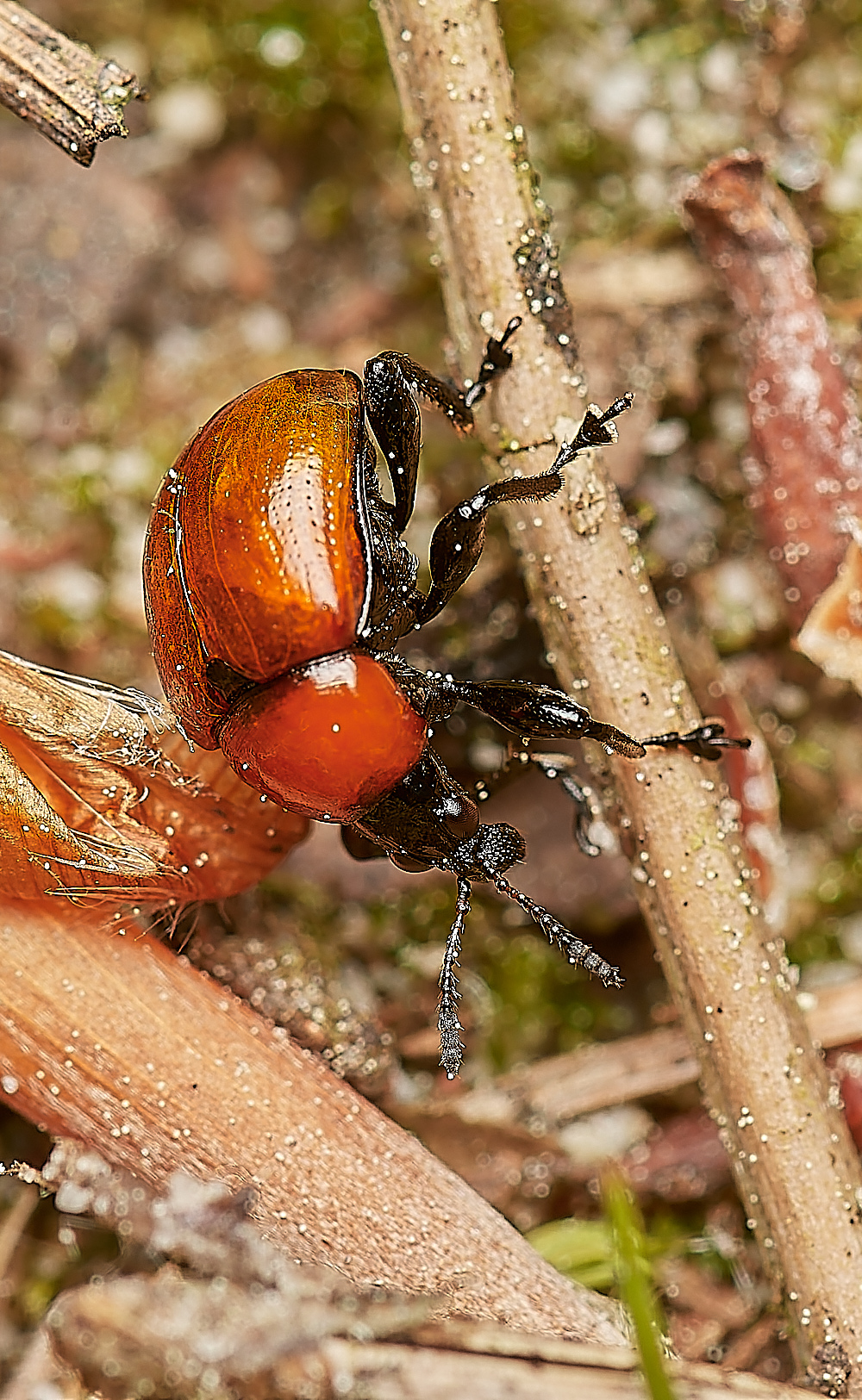
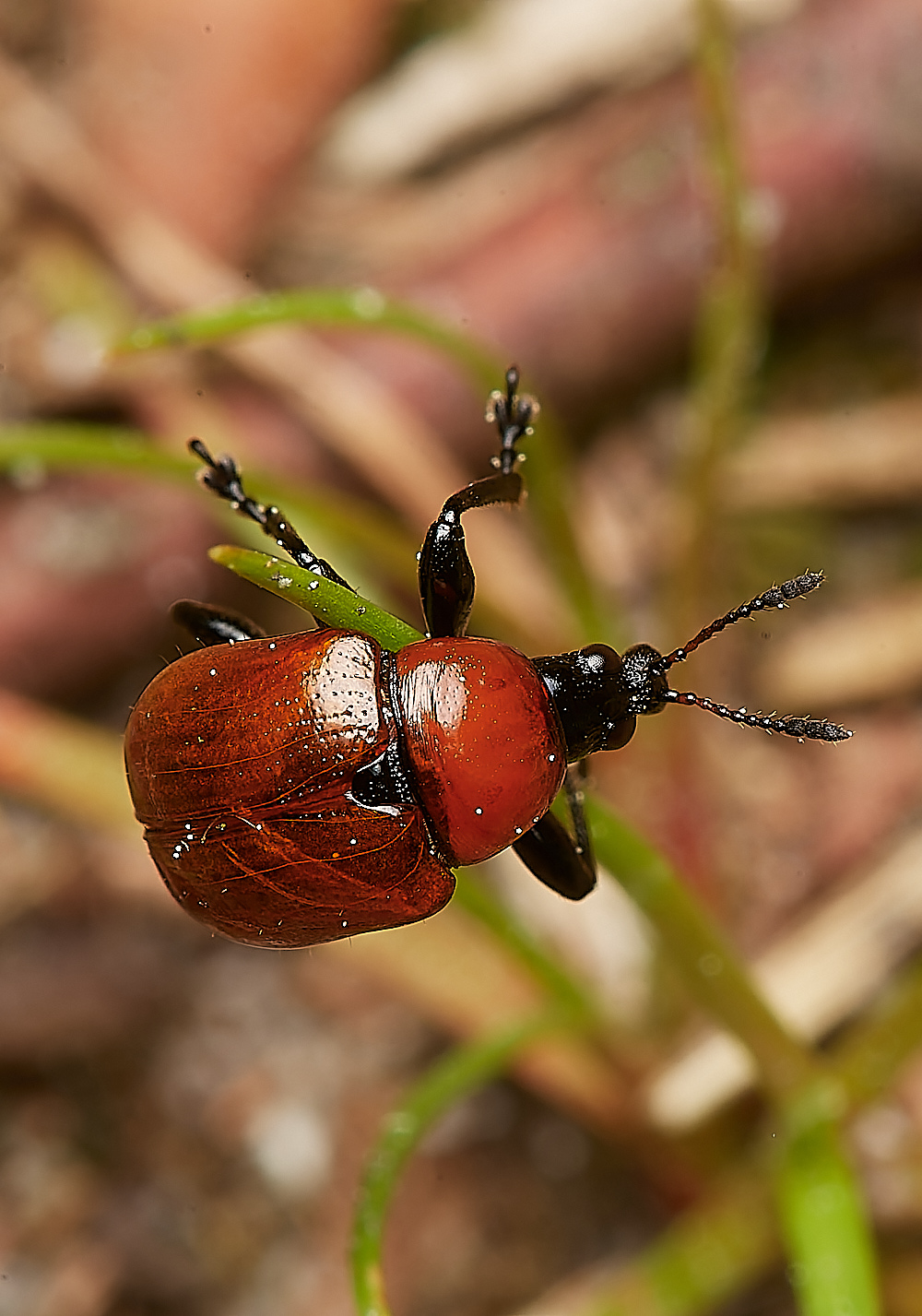
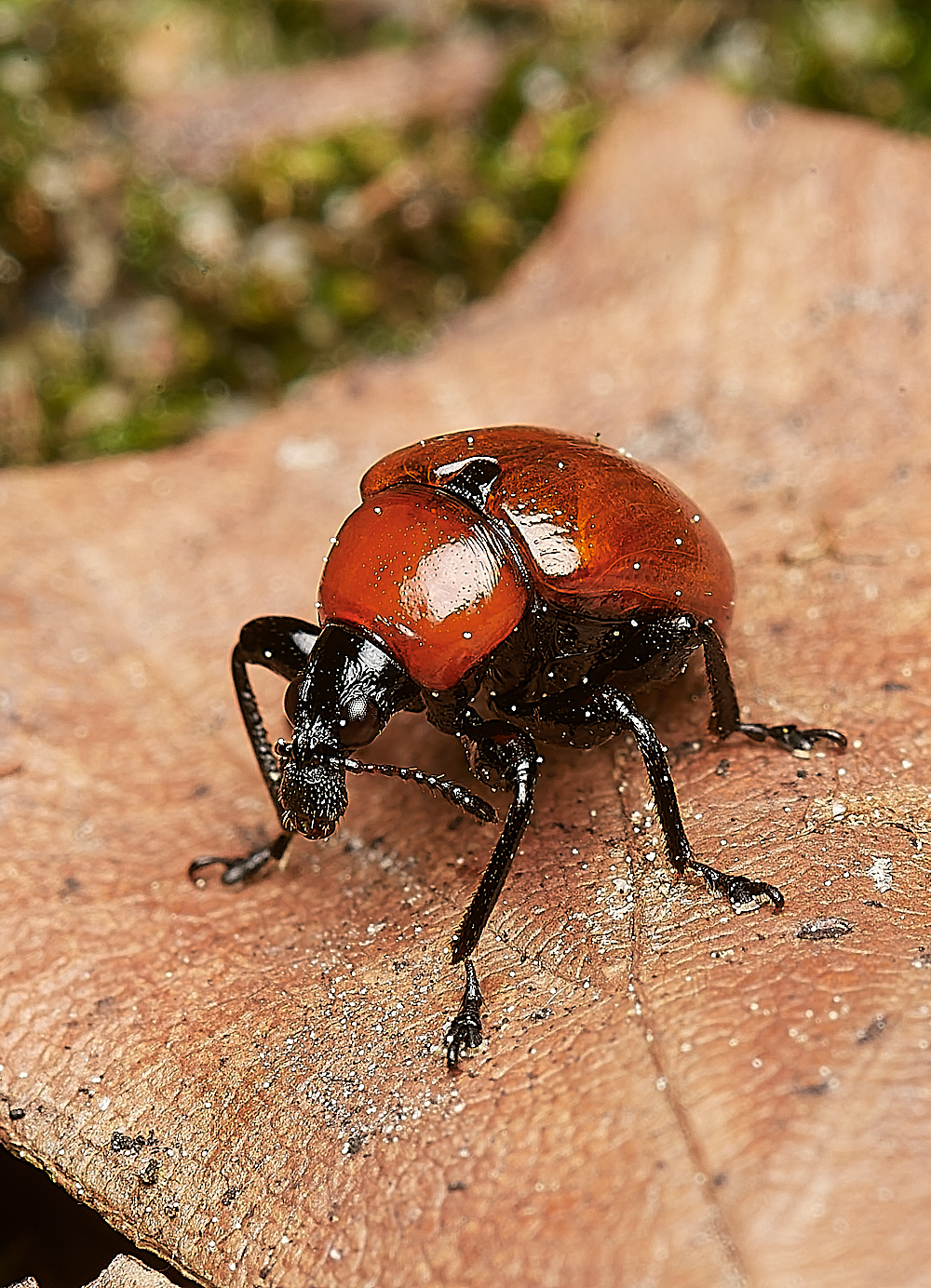
Oak Leaf-roller Weevil ( Attelabus nitens)
Salthouse Heath
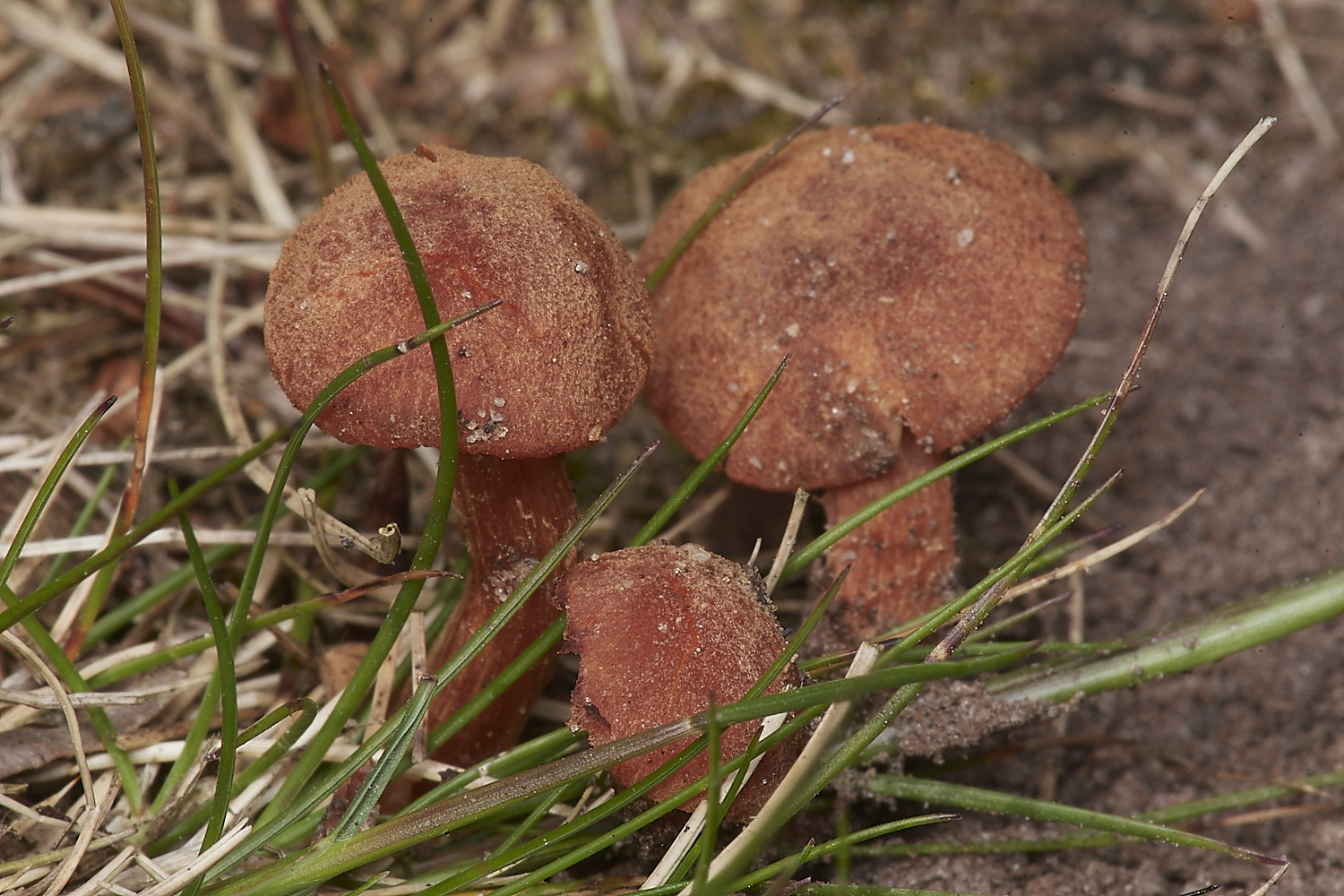
Fungus Sp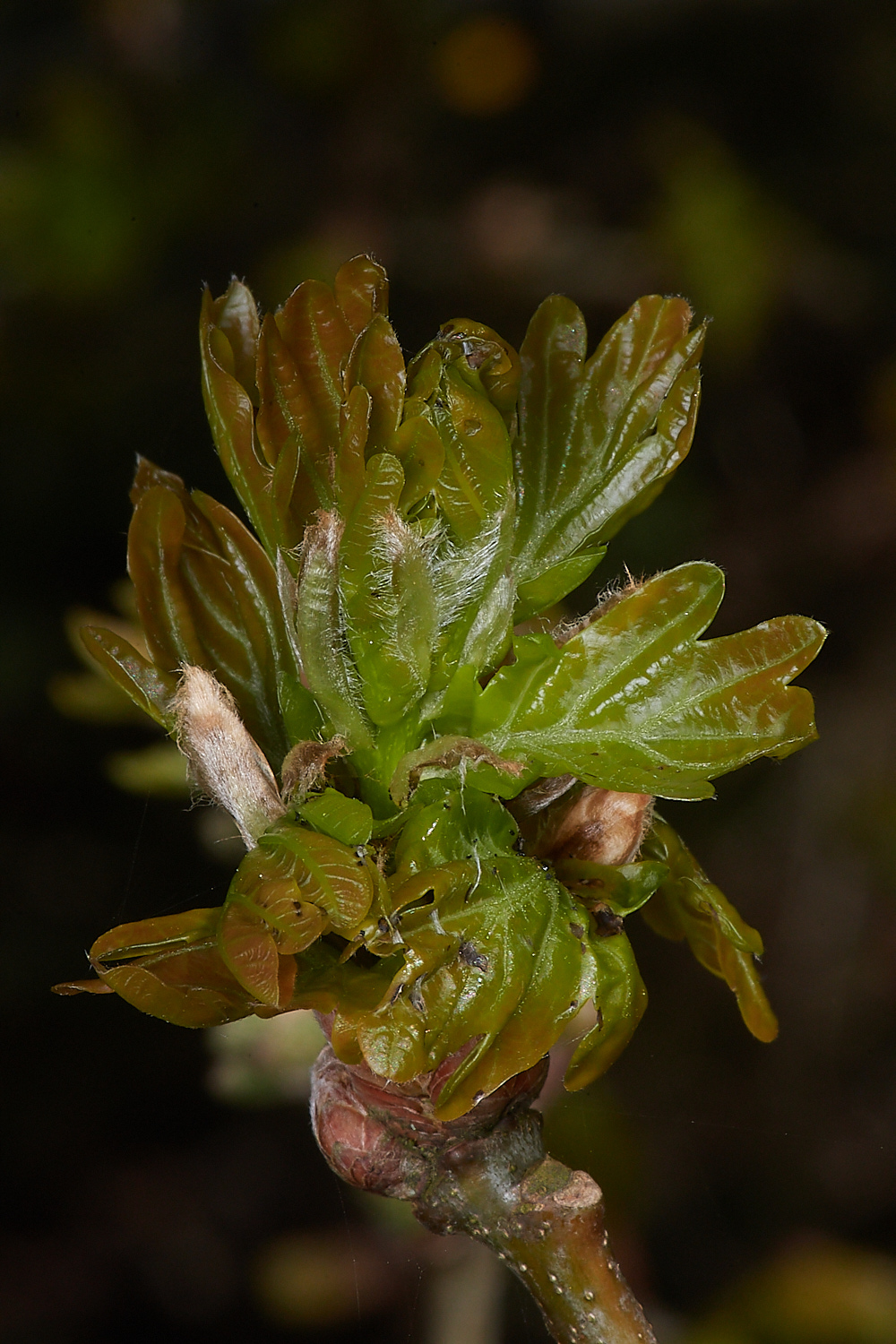
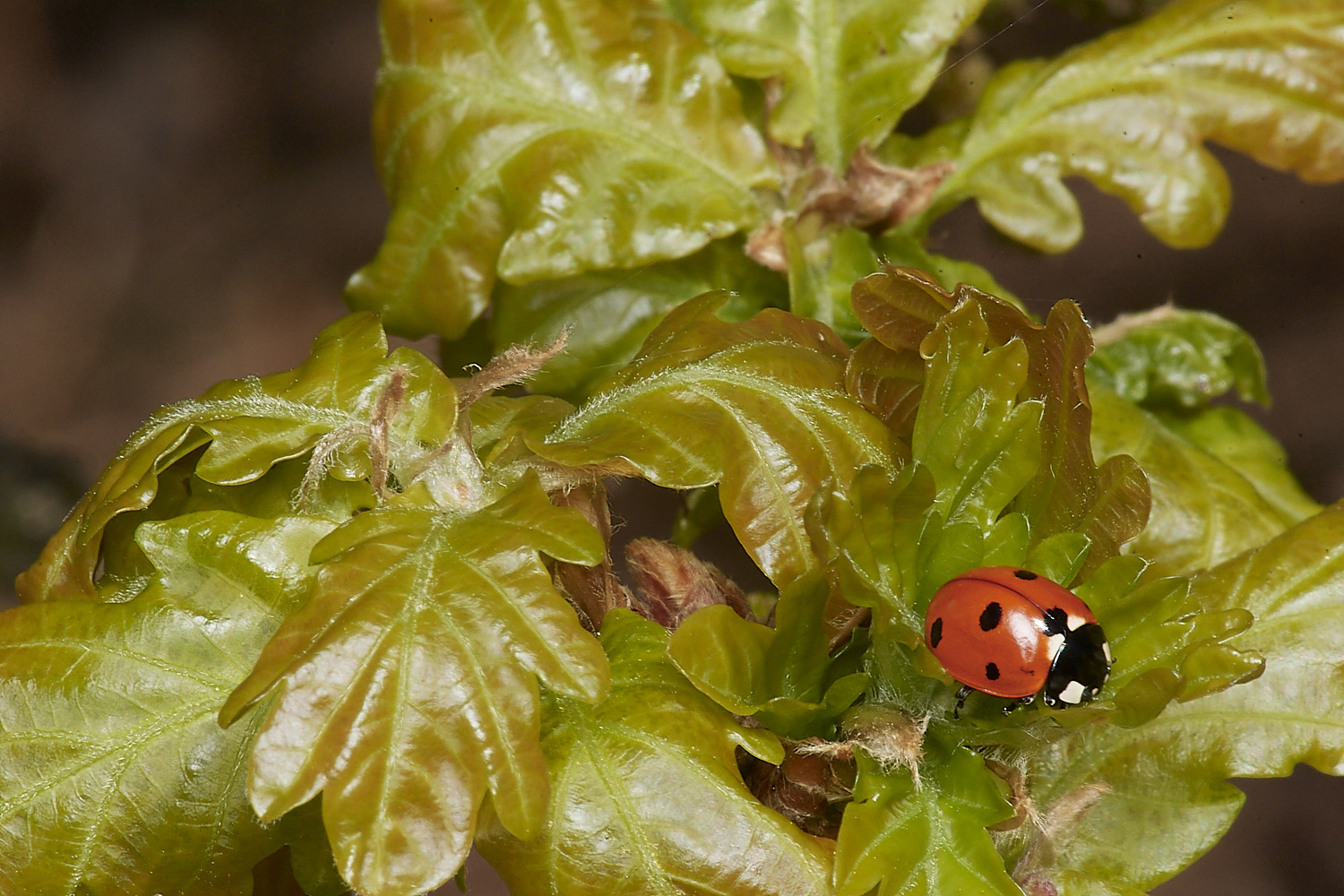
Oak (Quercus robur)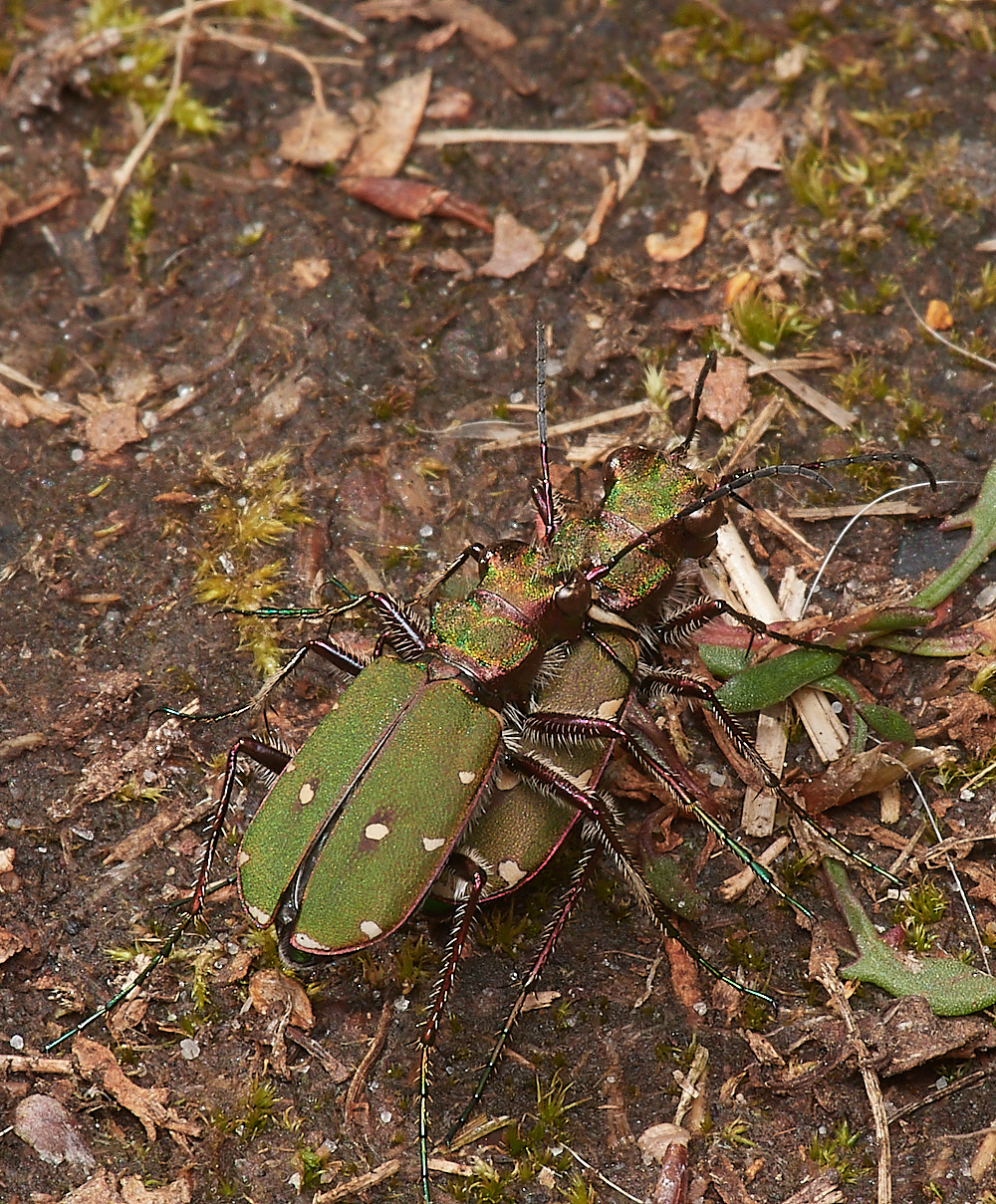


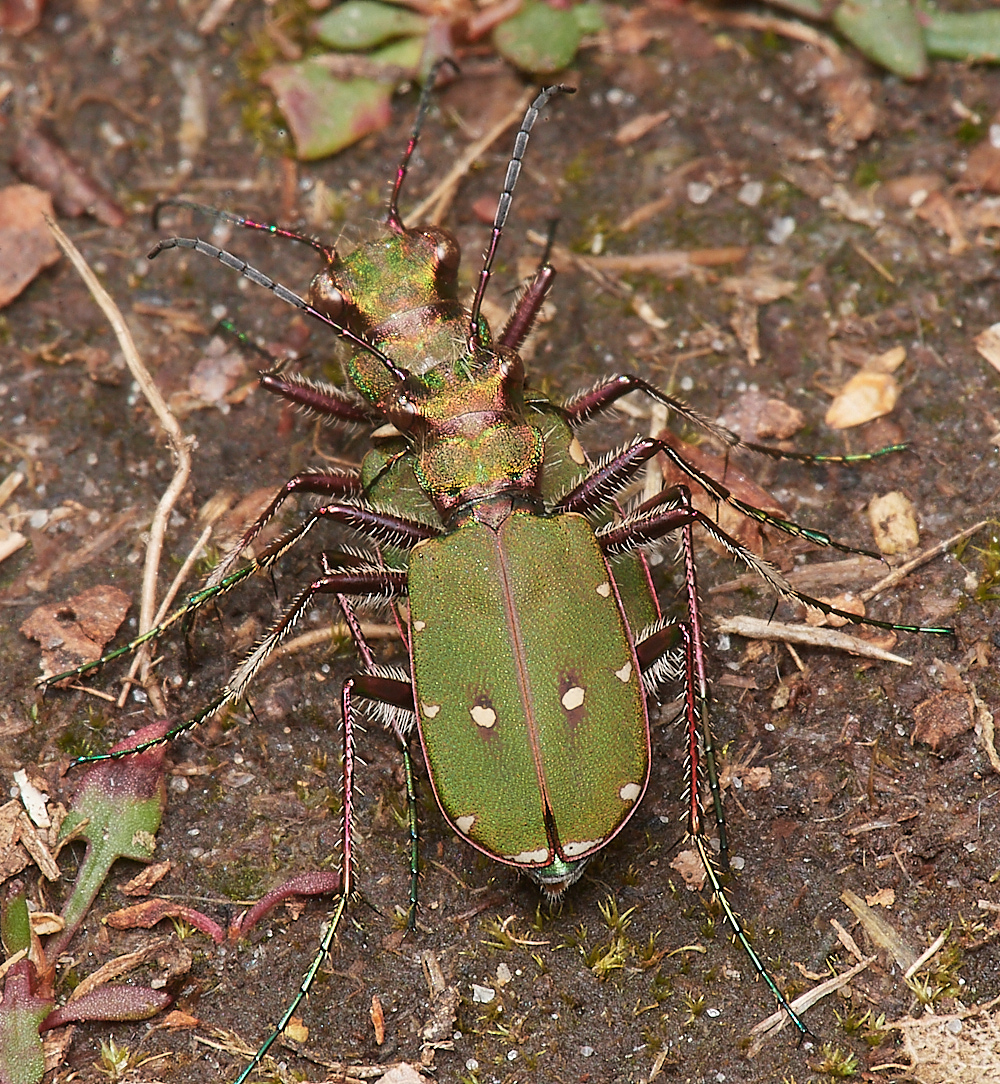
Mating Heath Tiger Beetles (Cincindela campestris)
